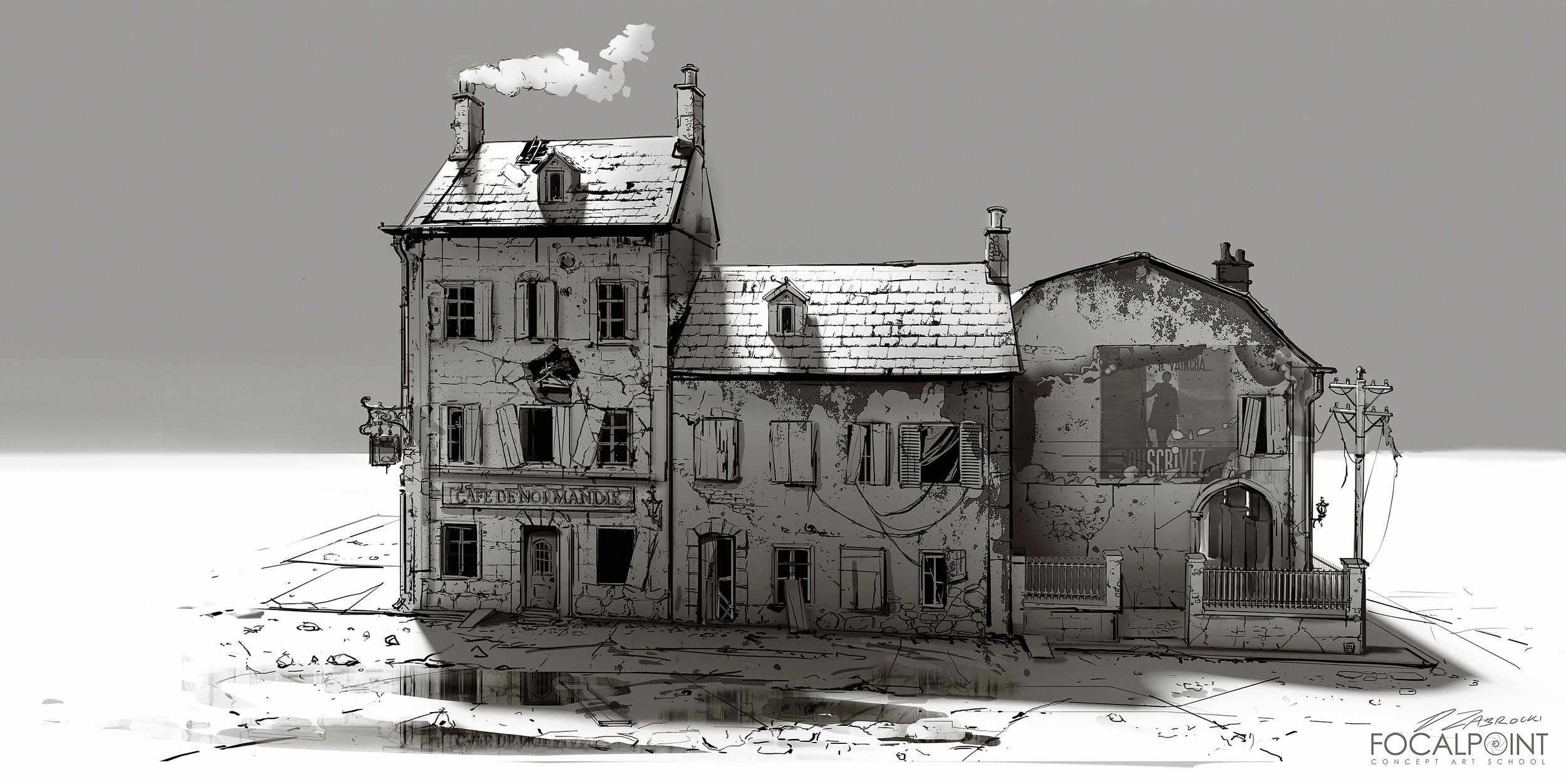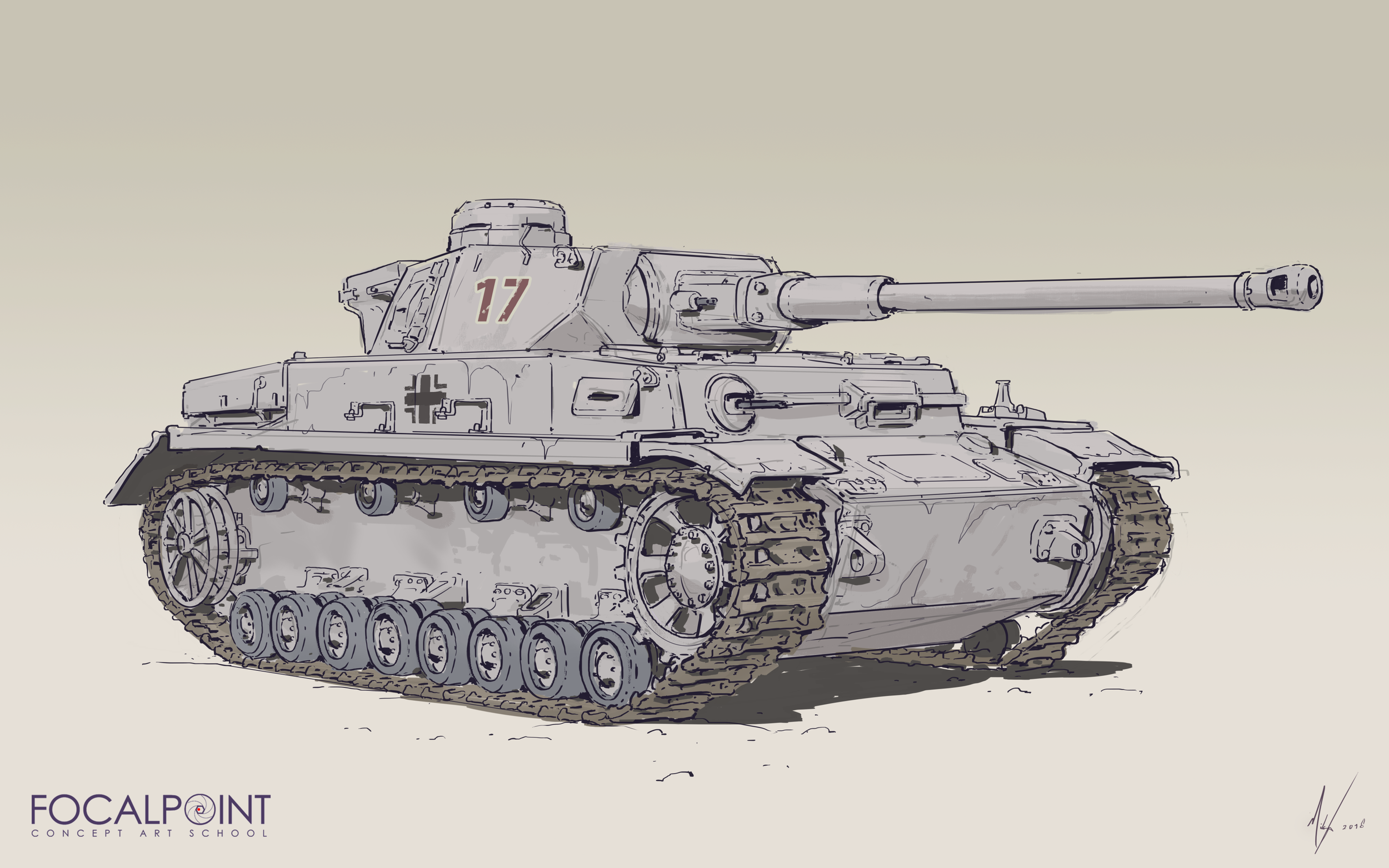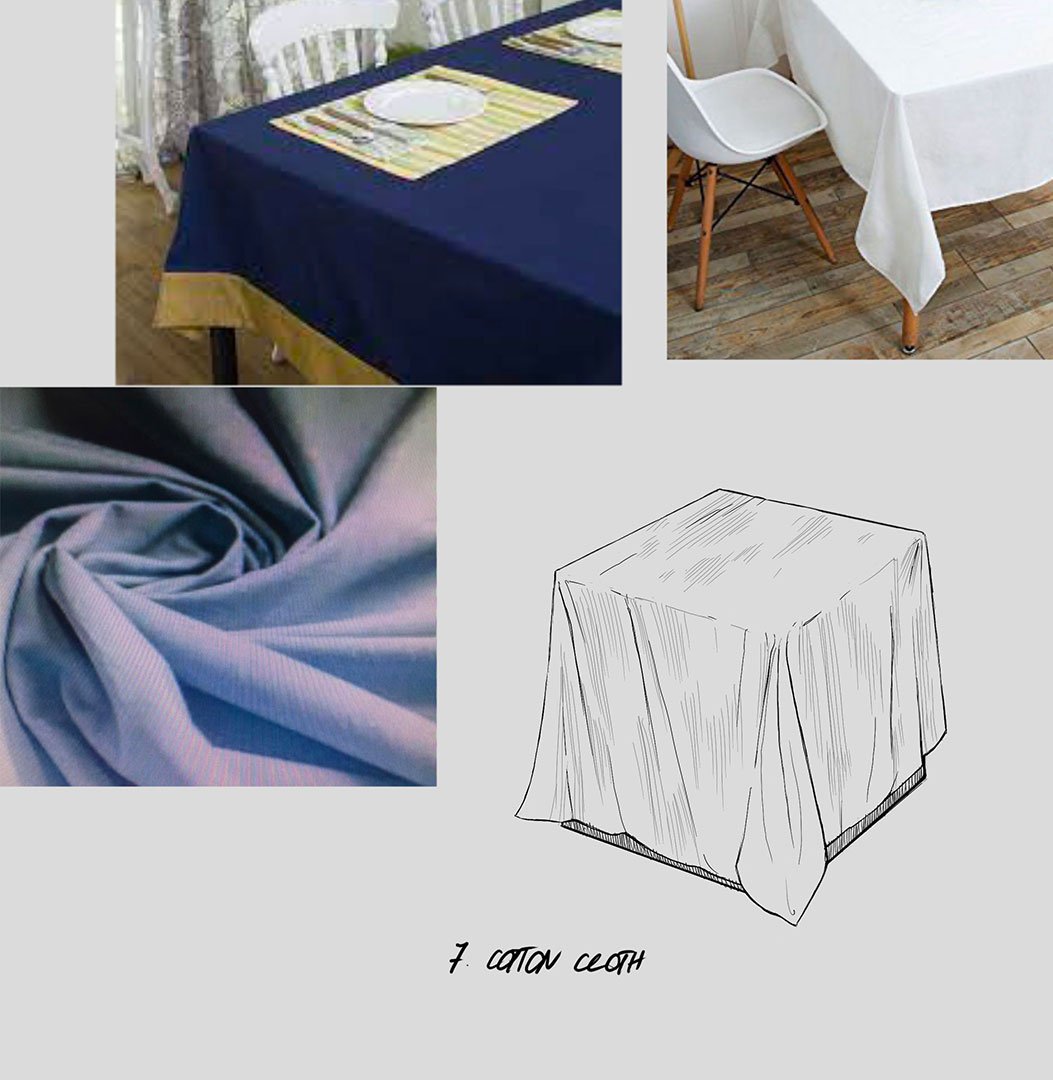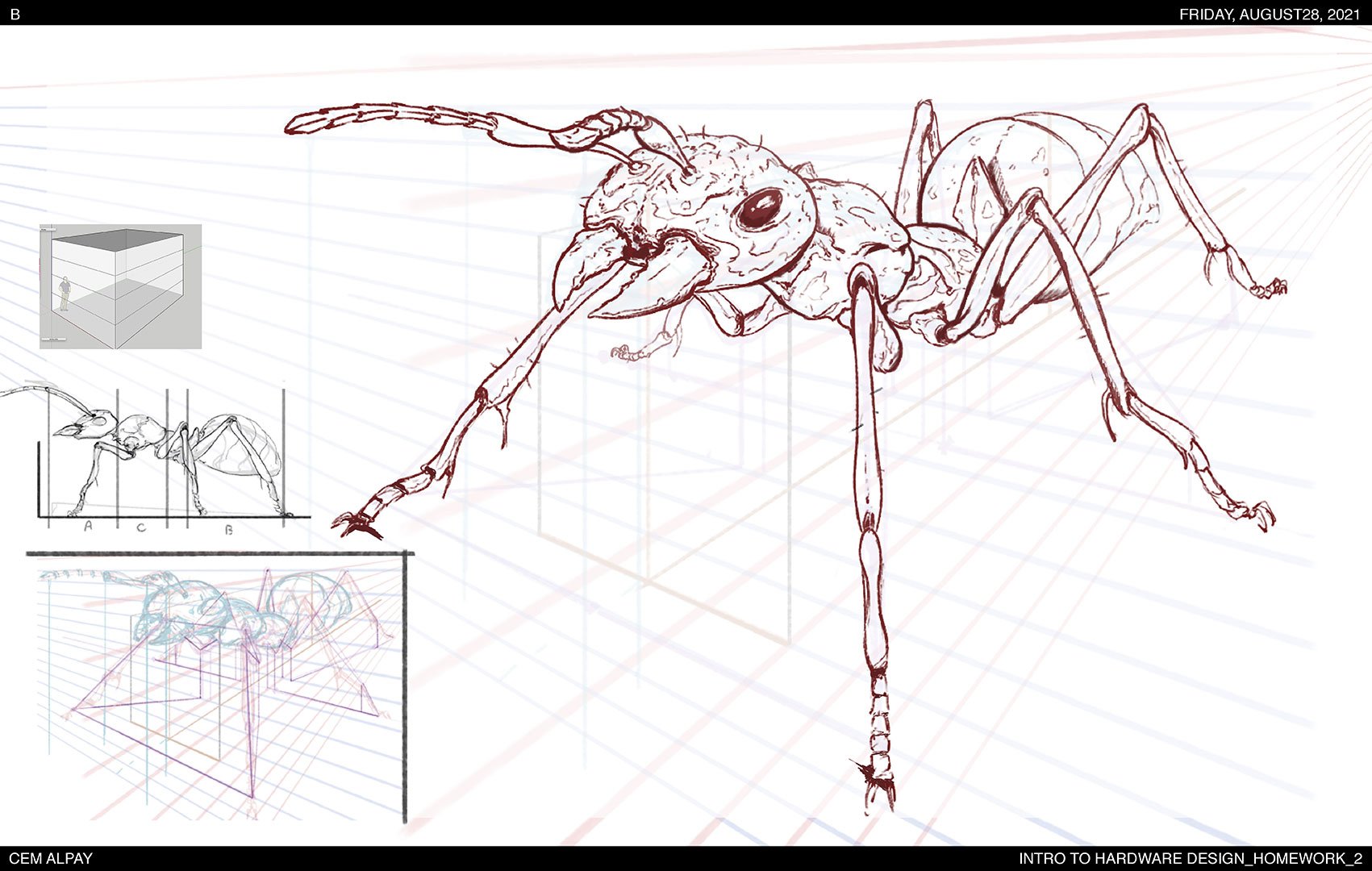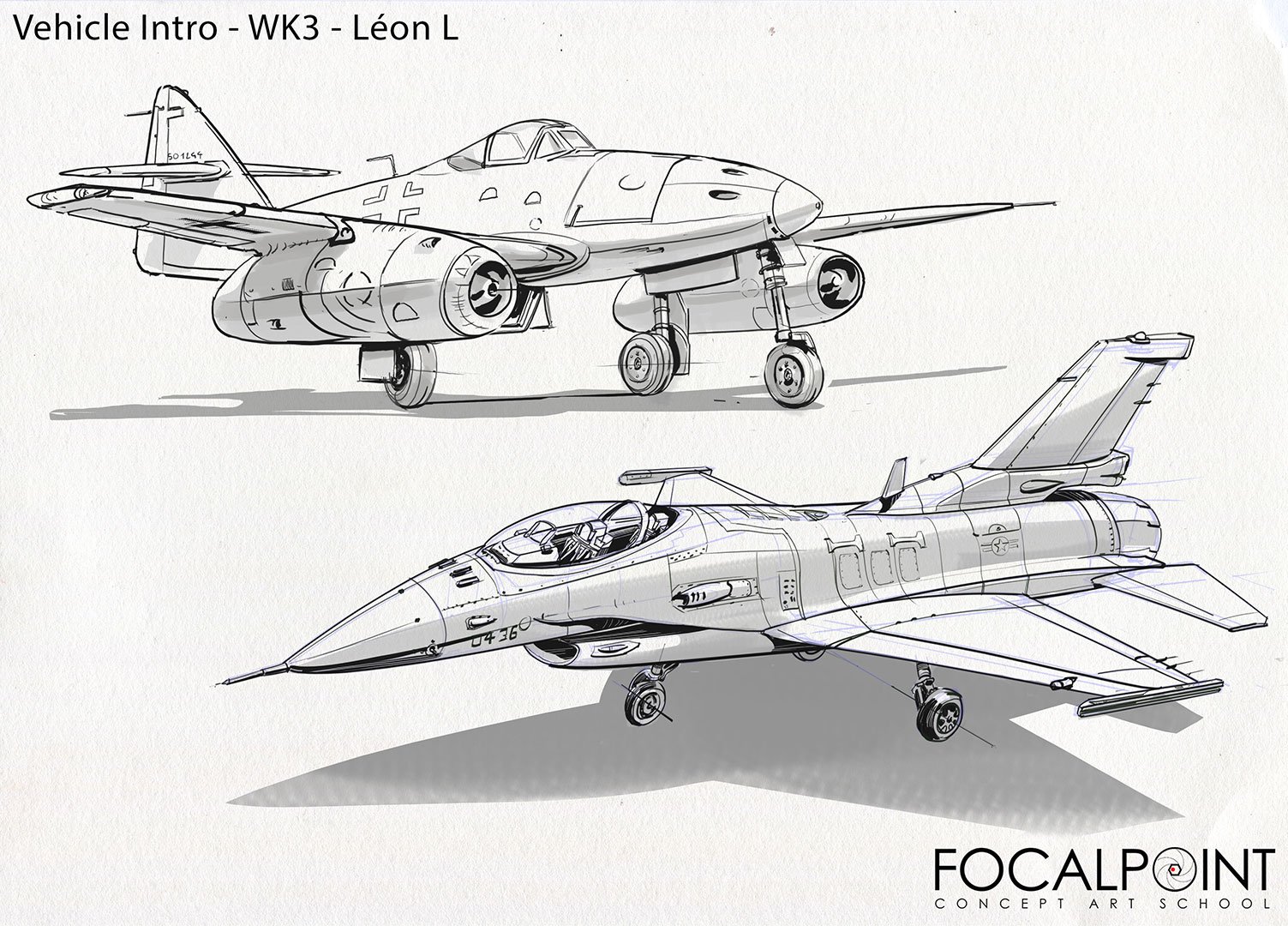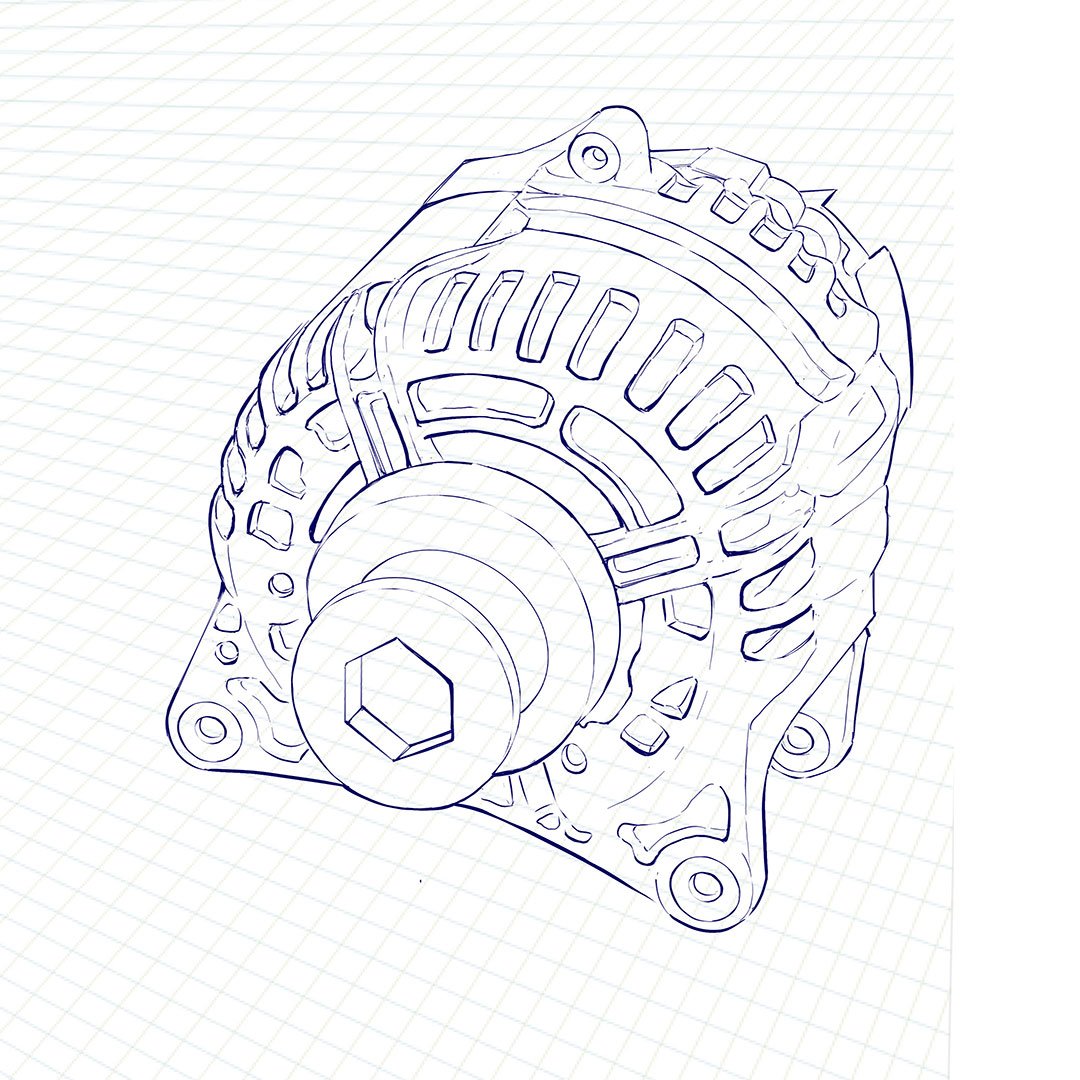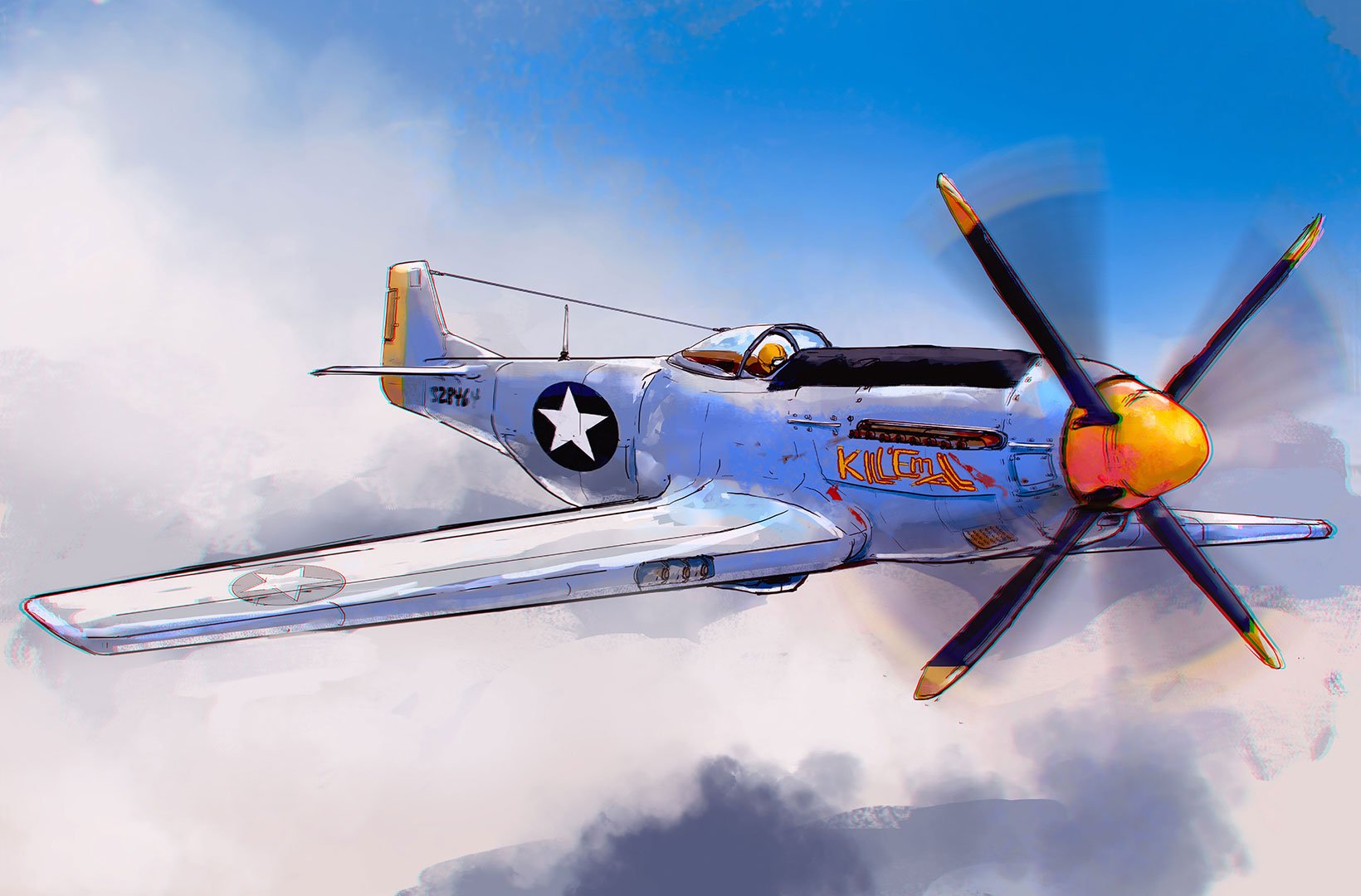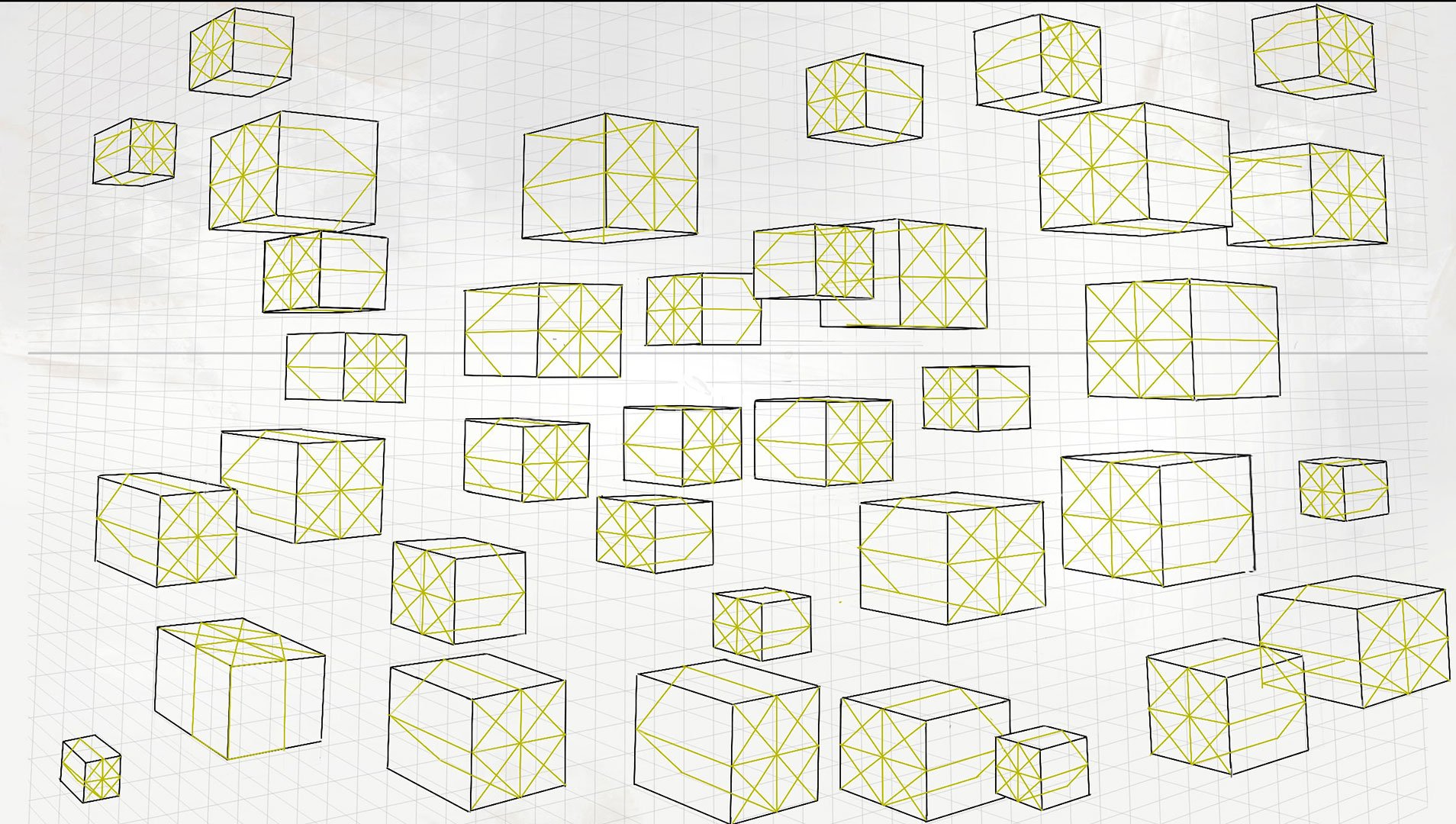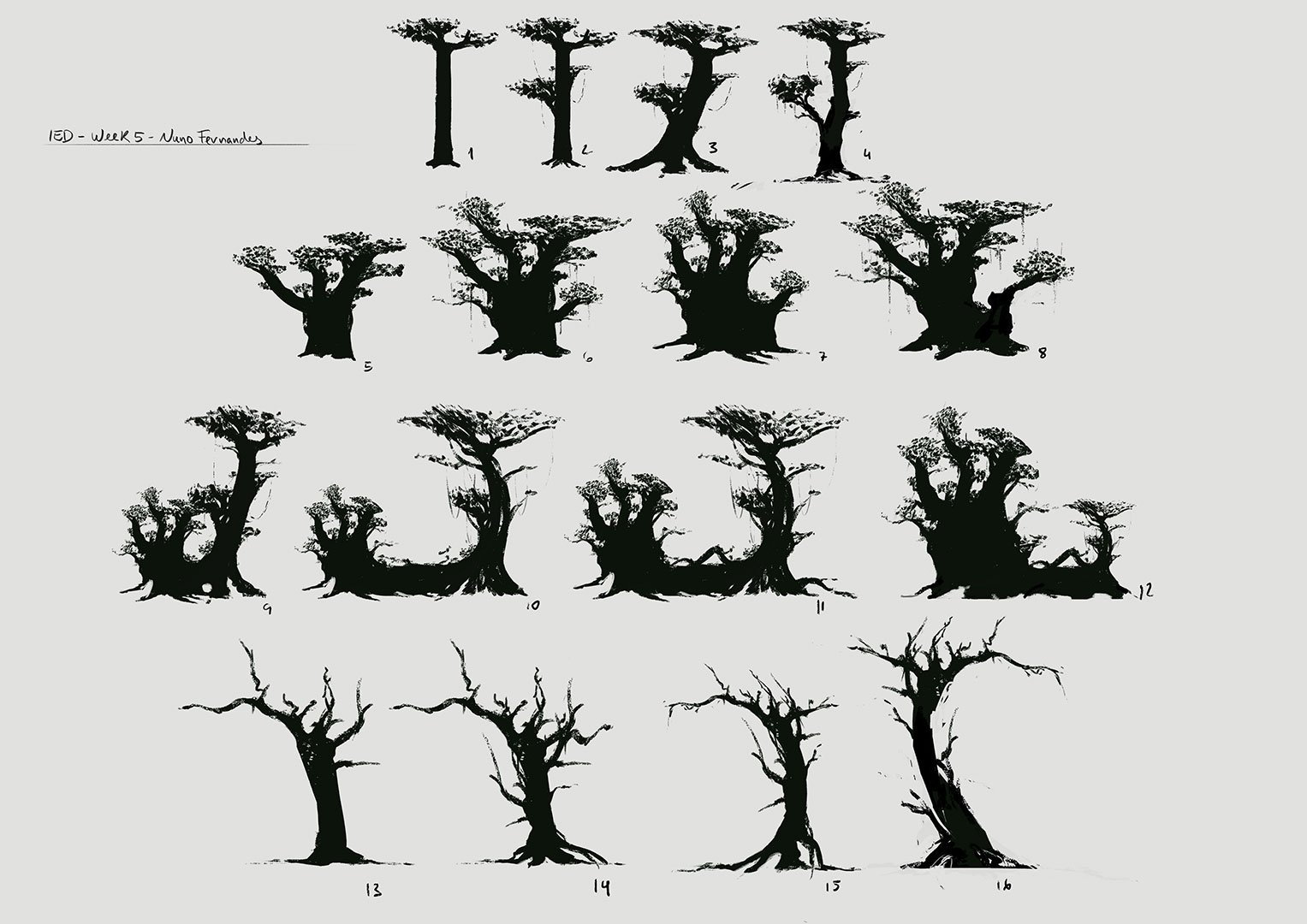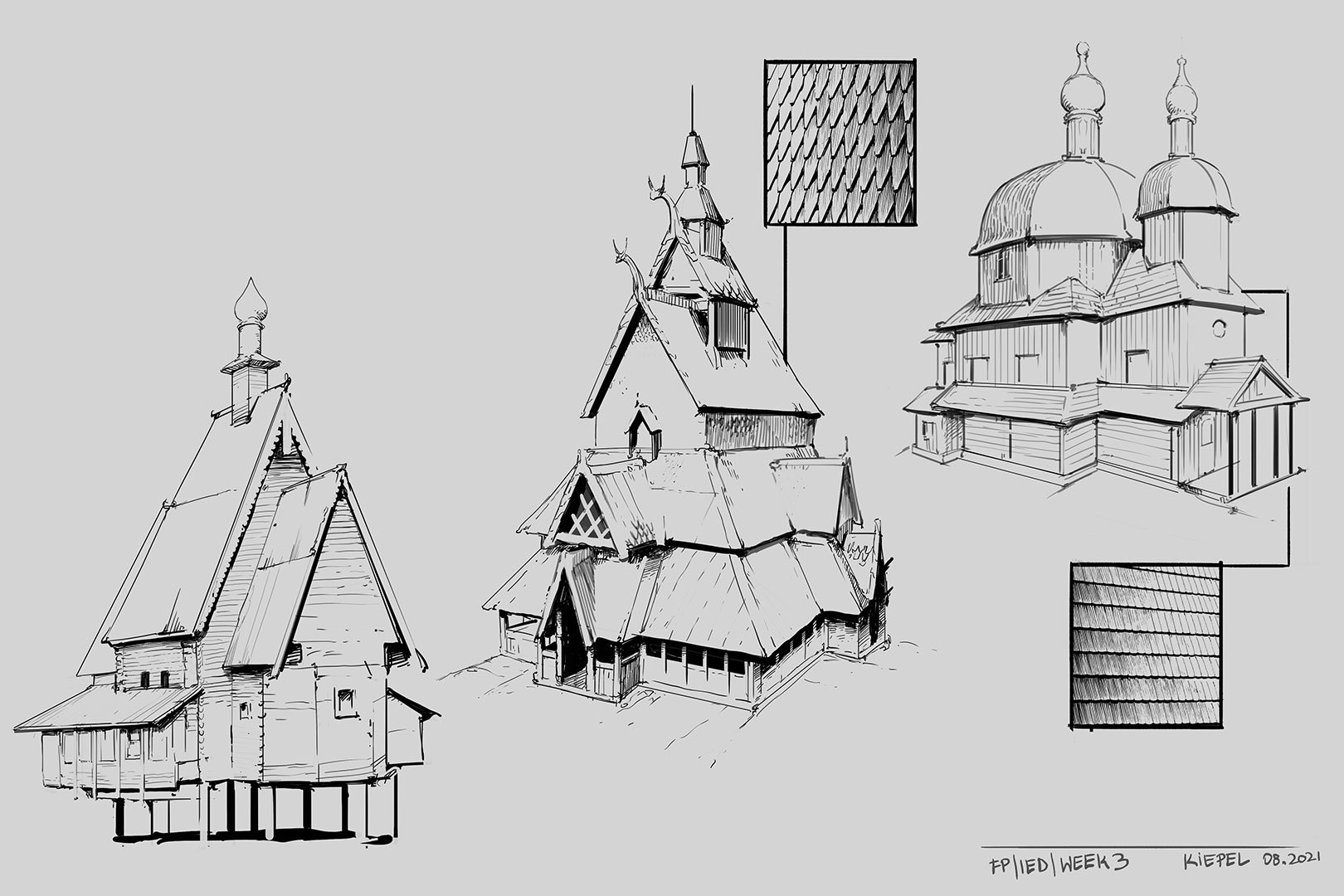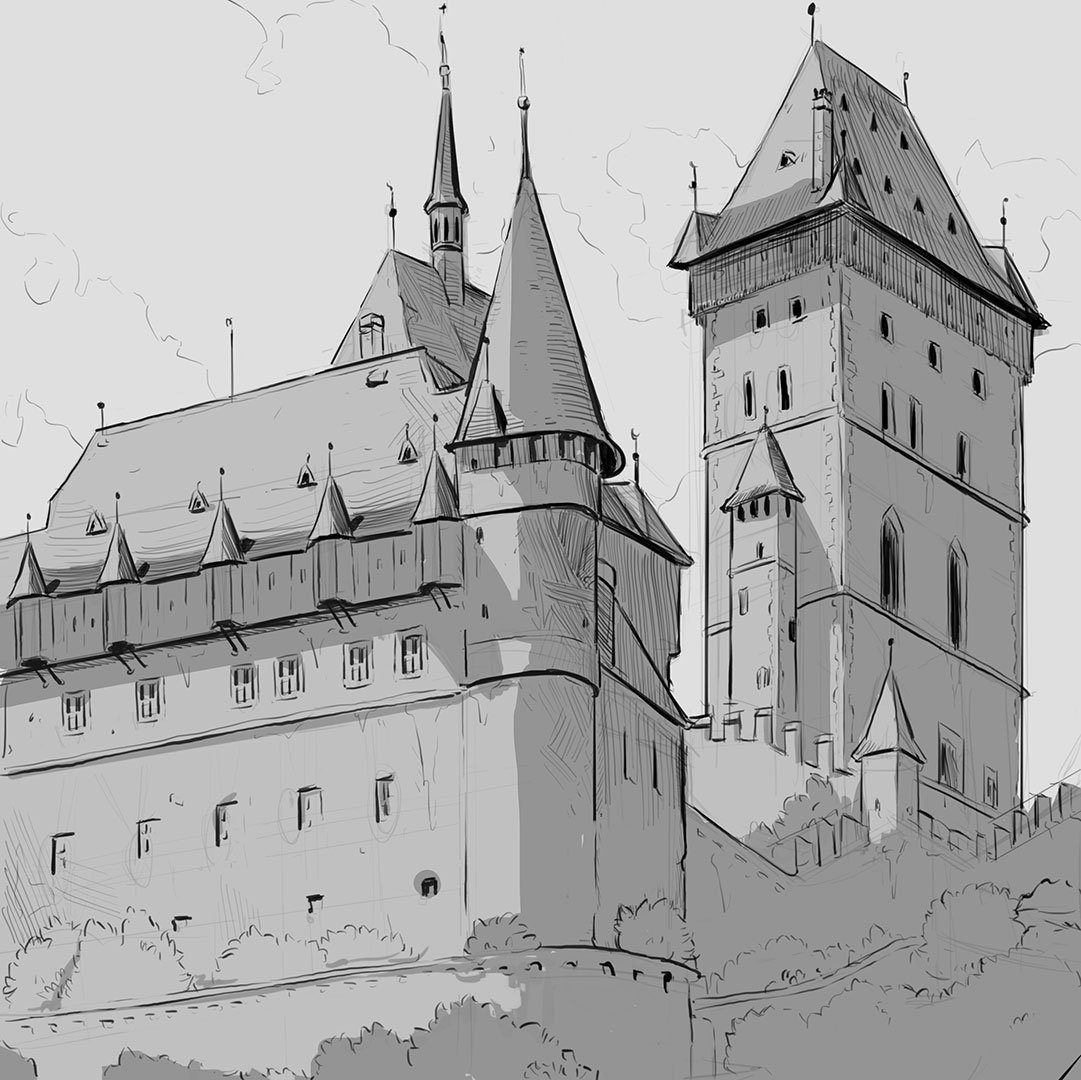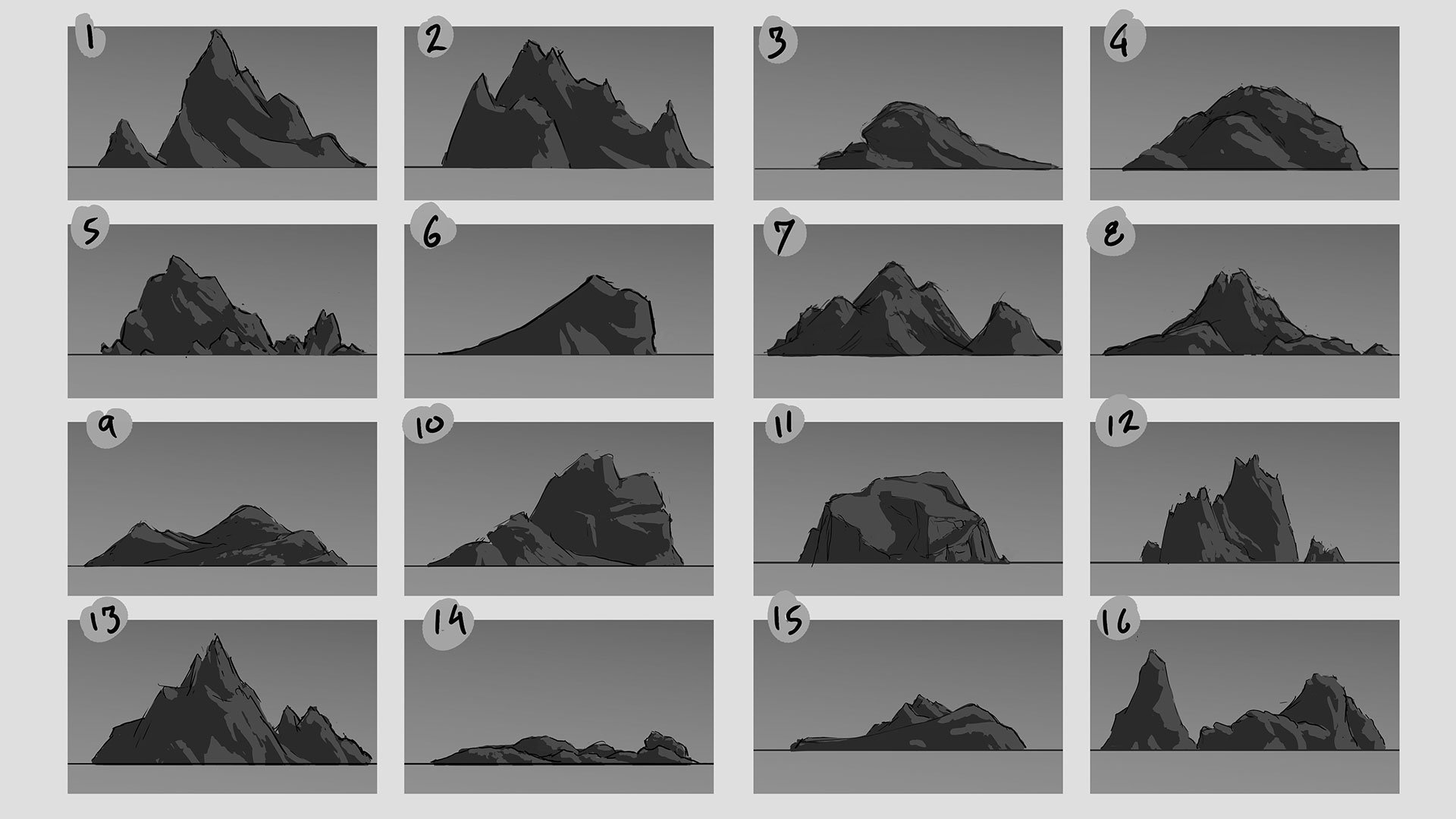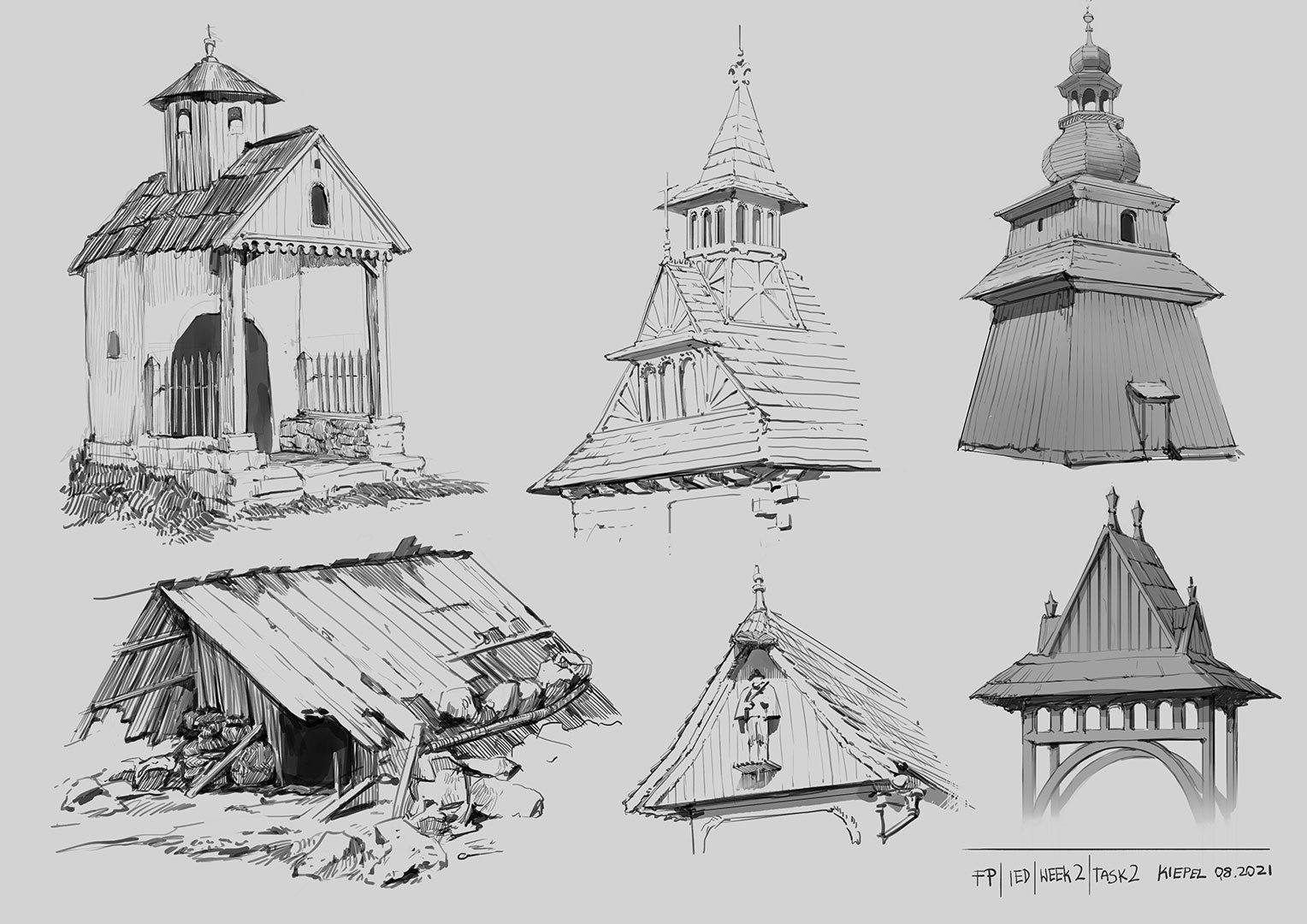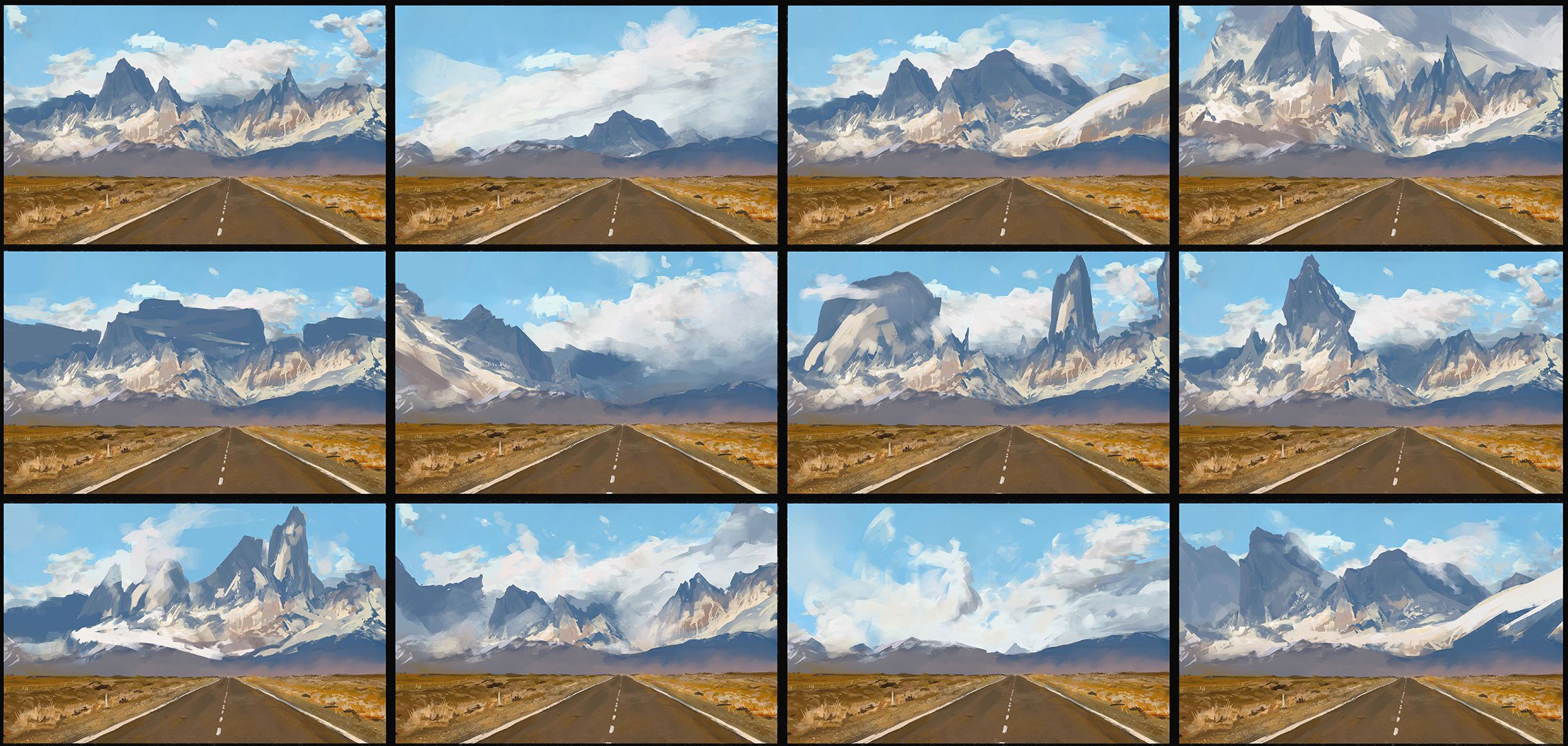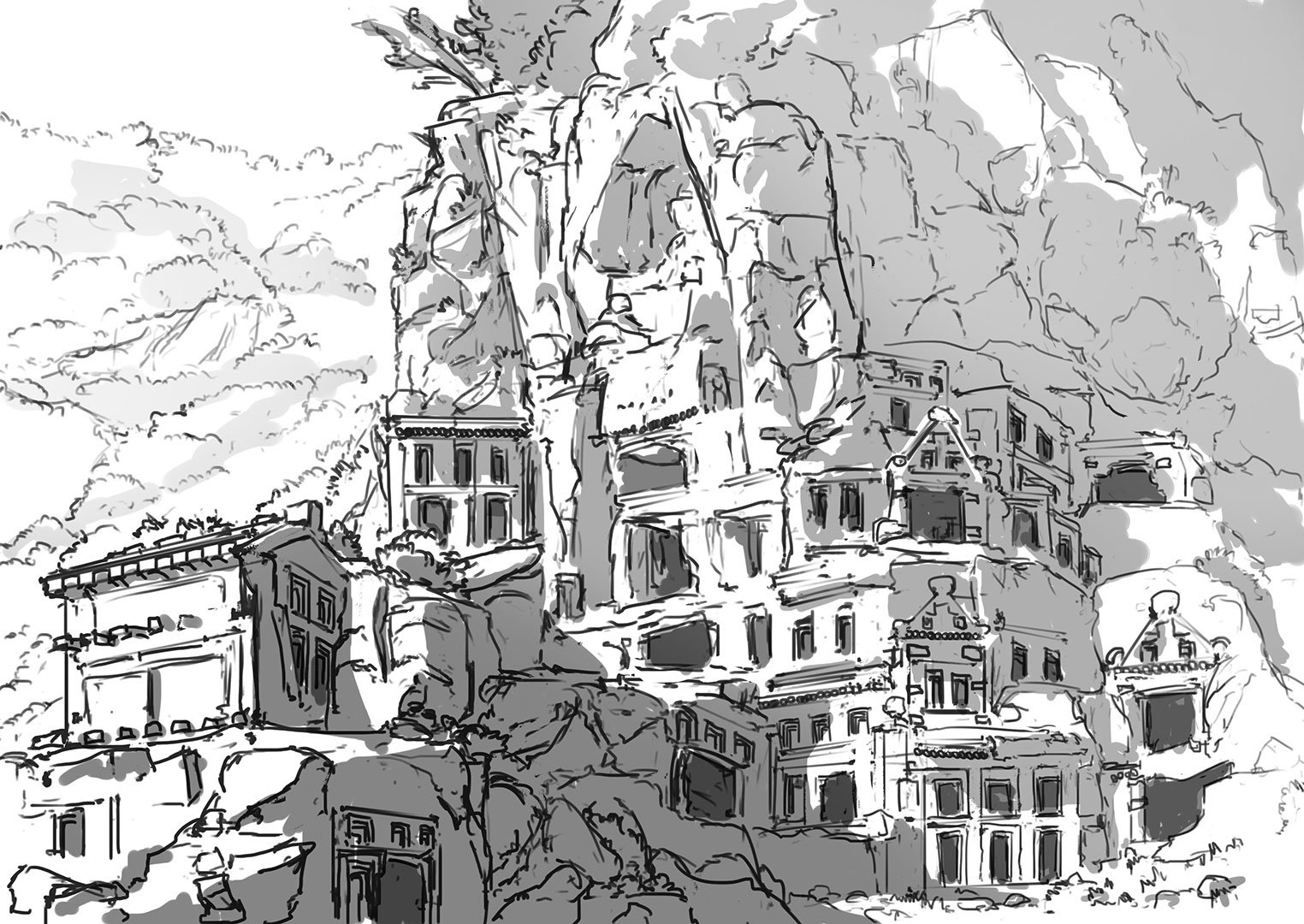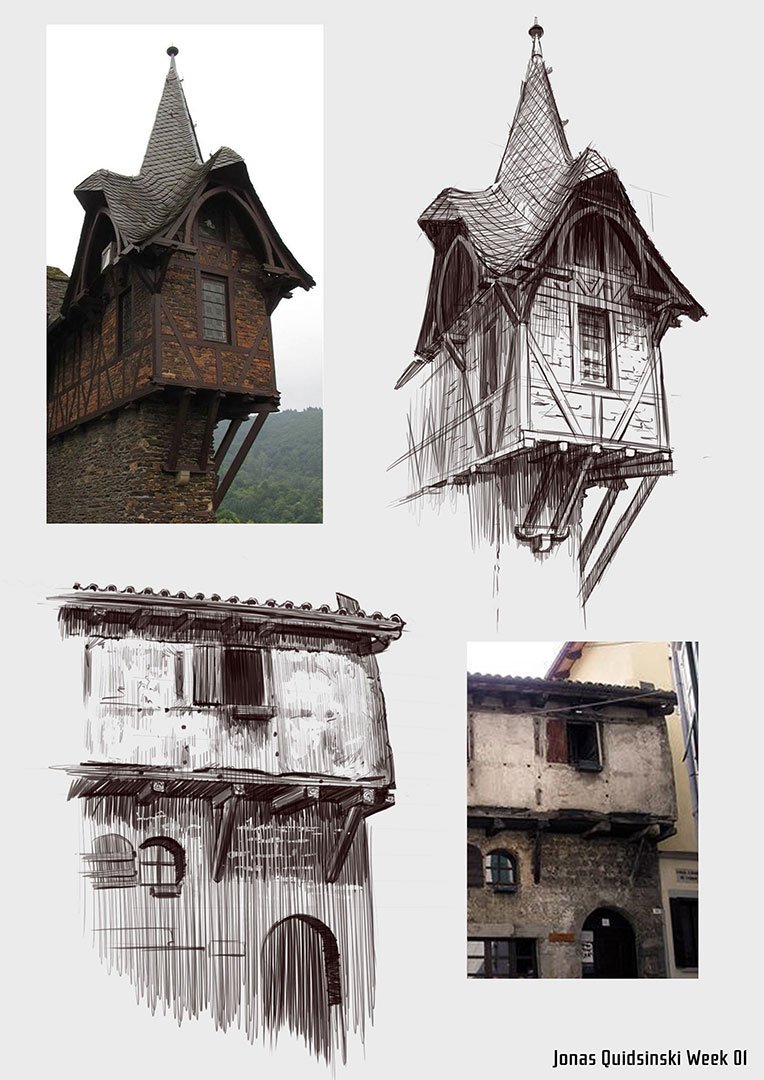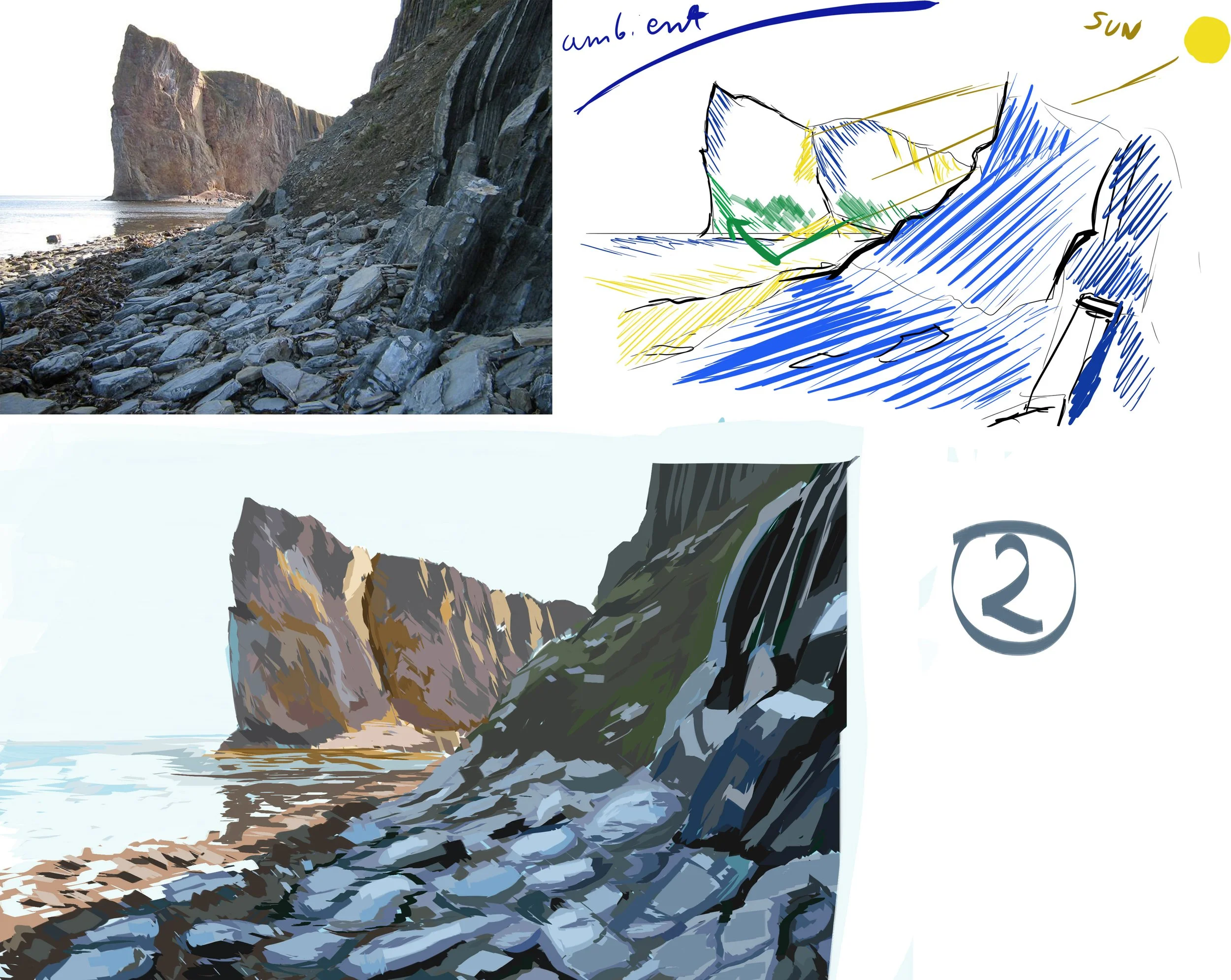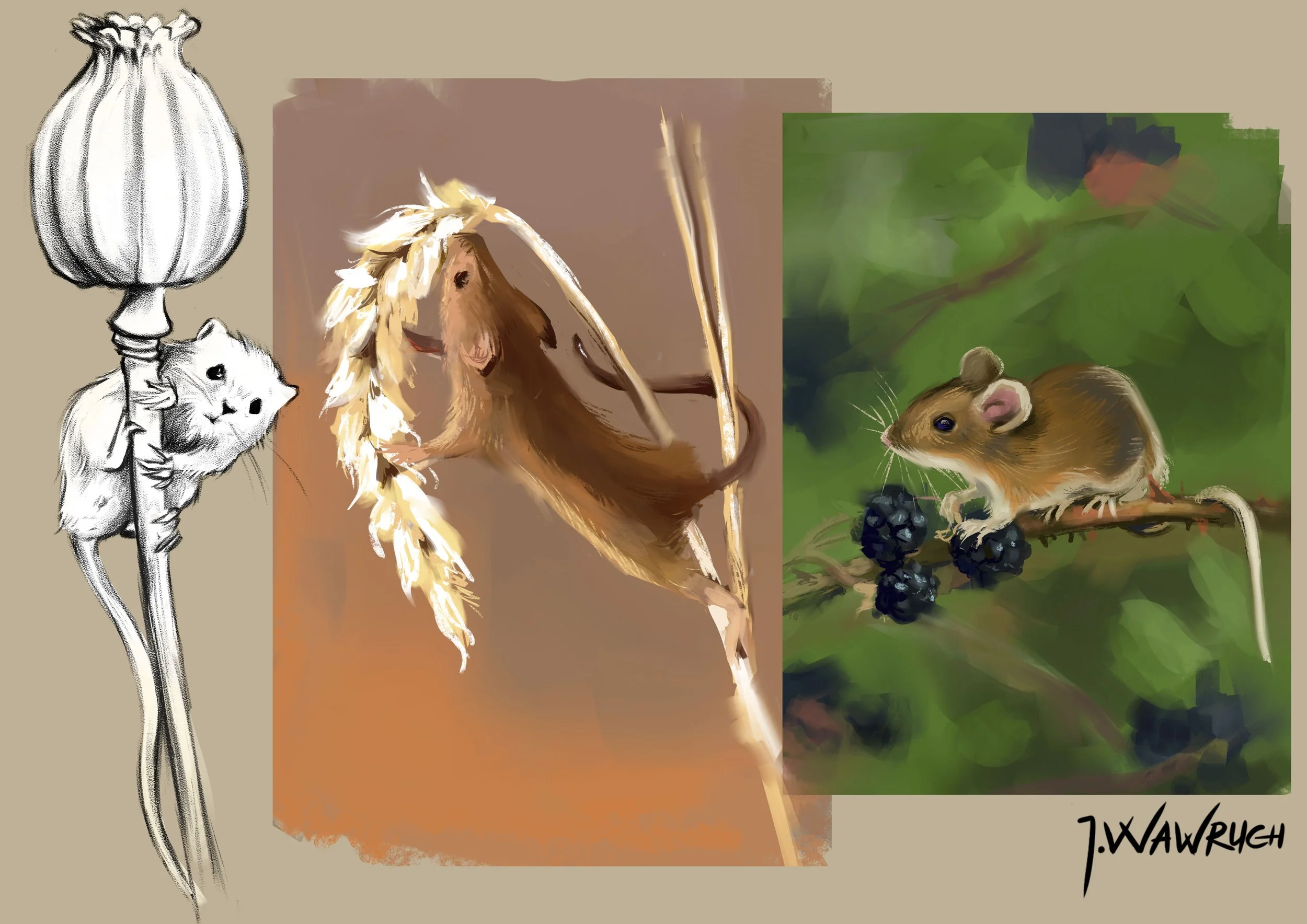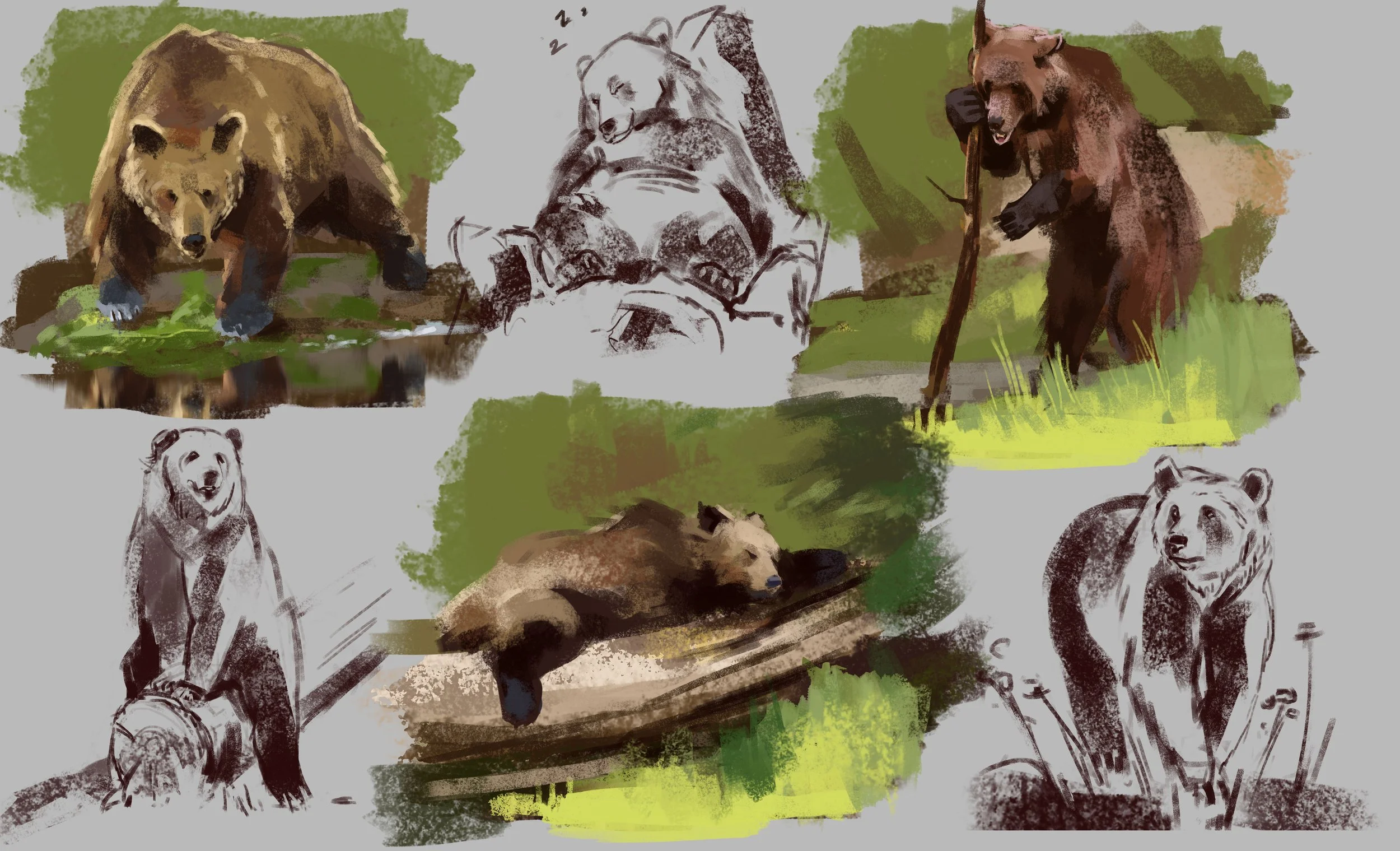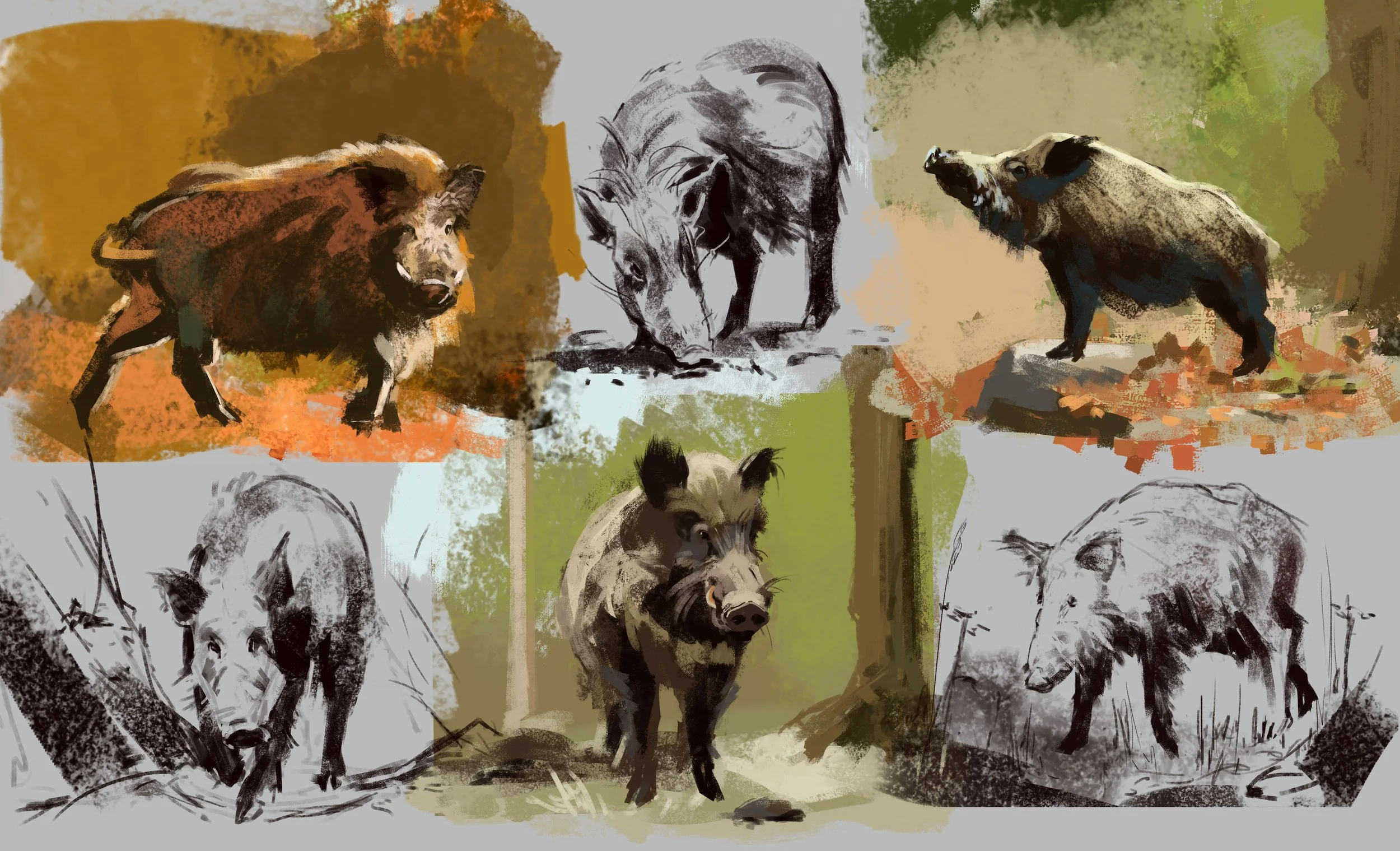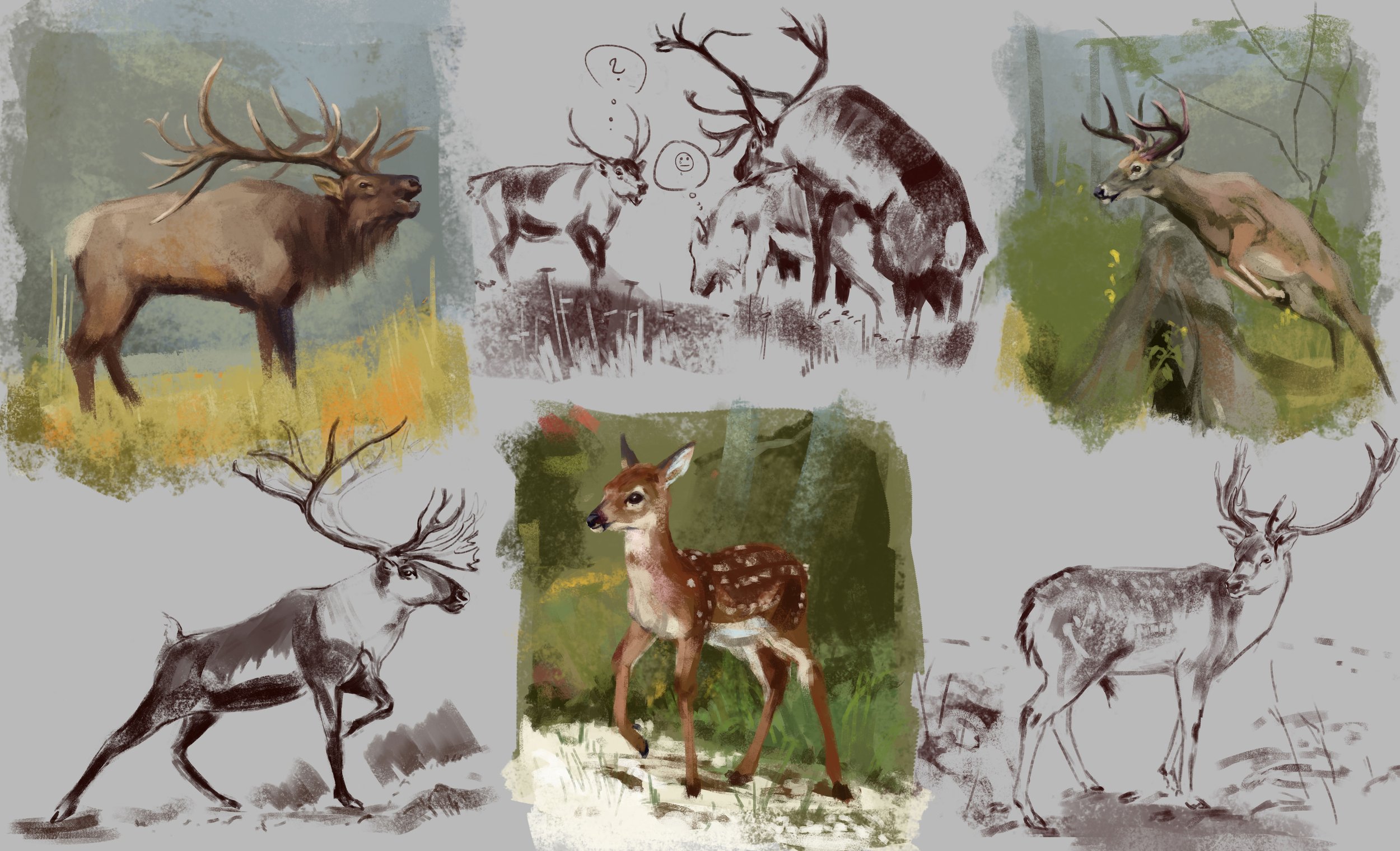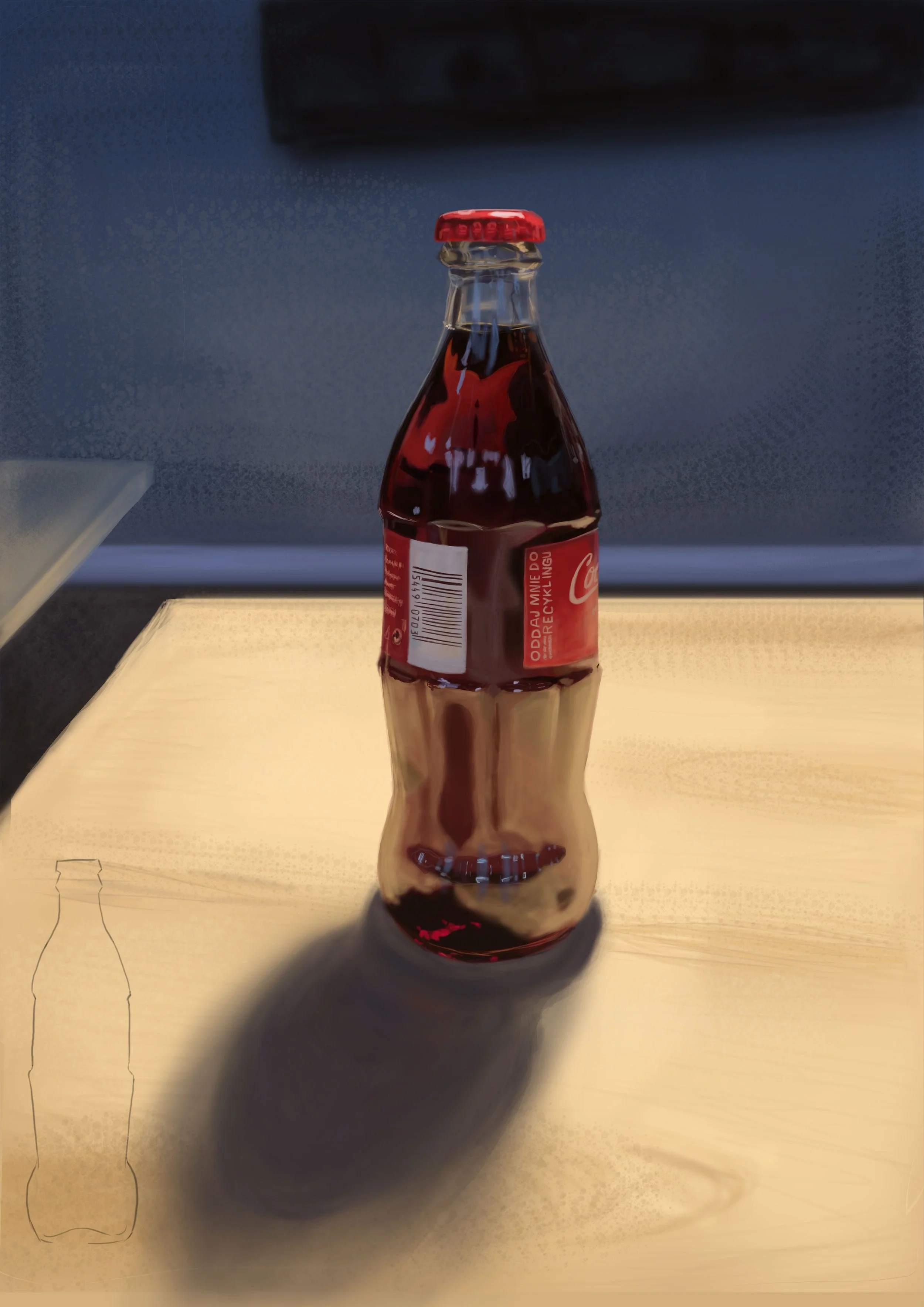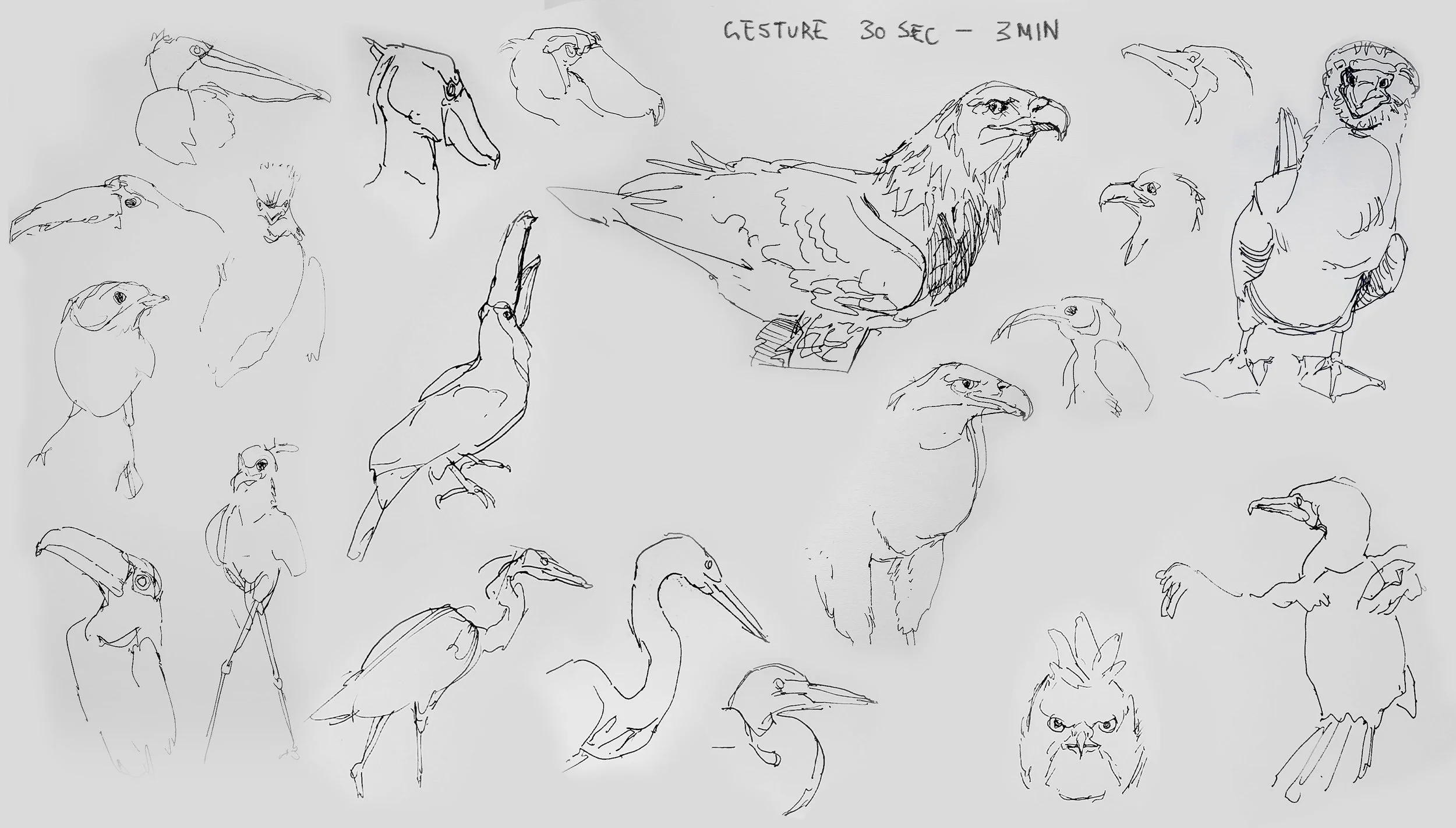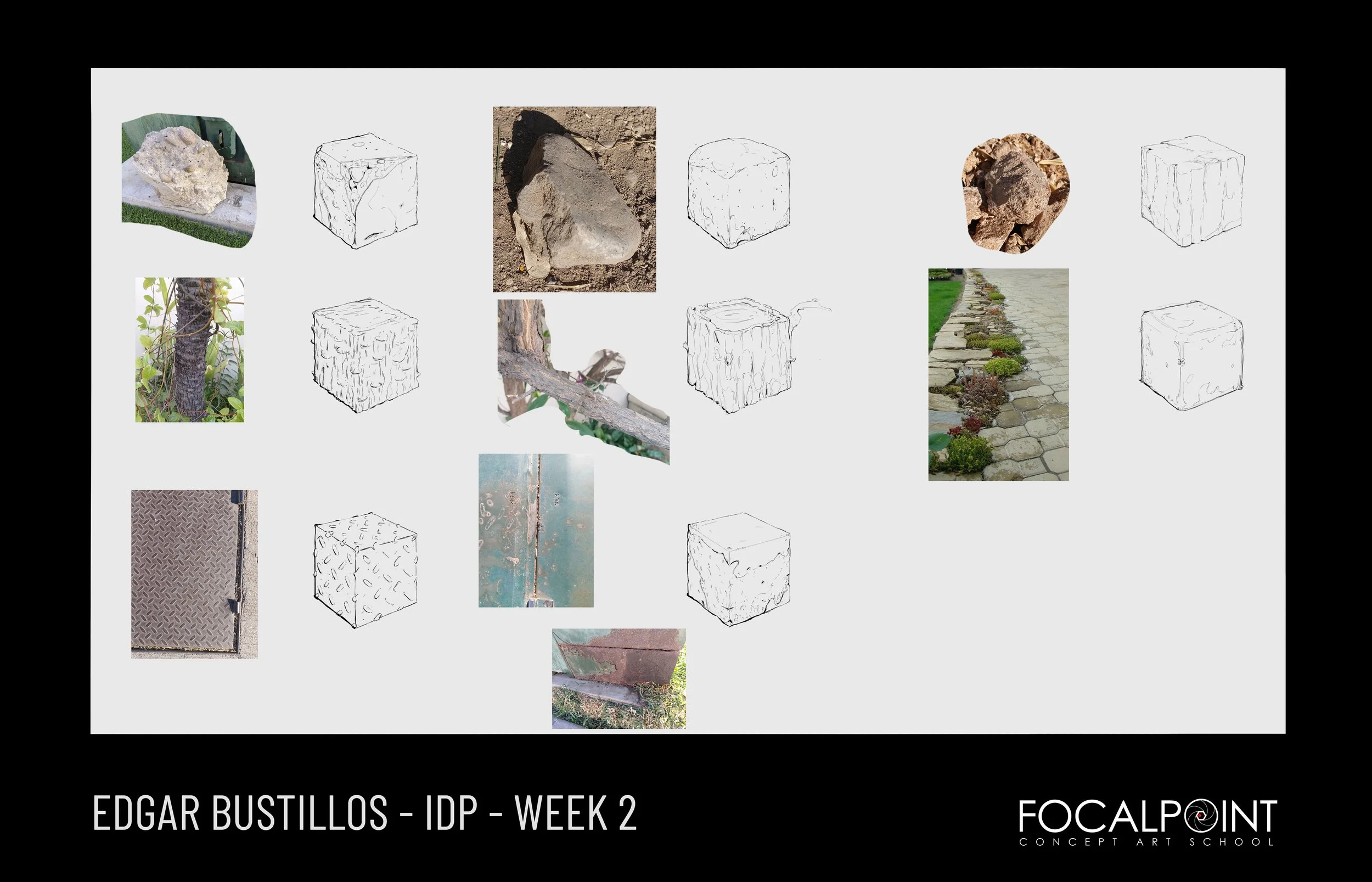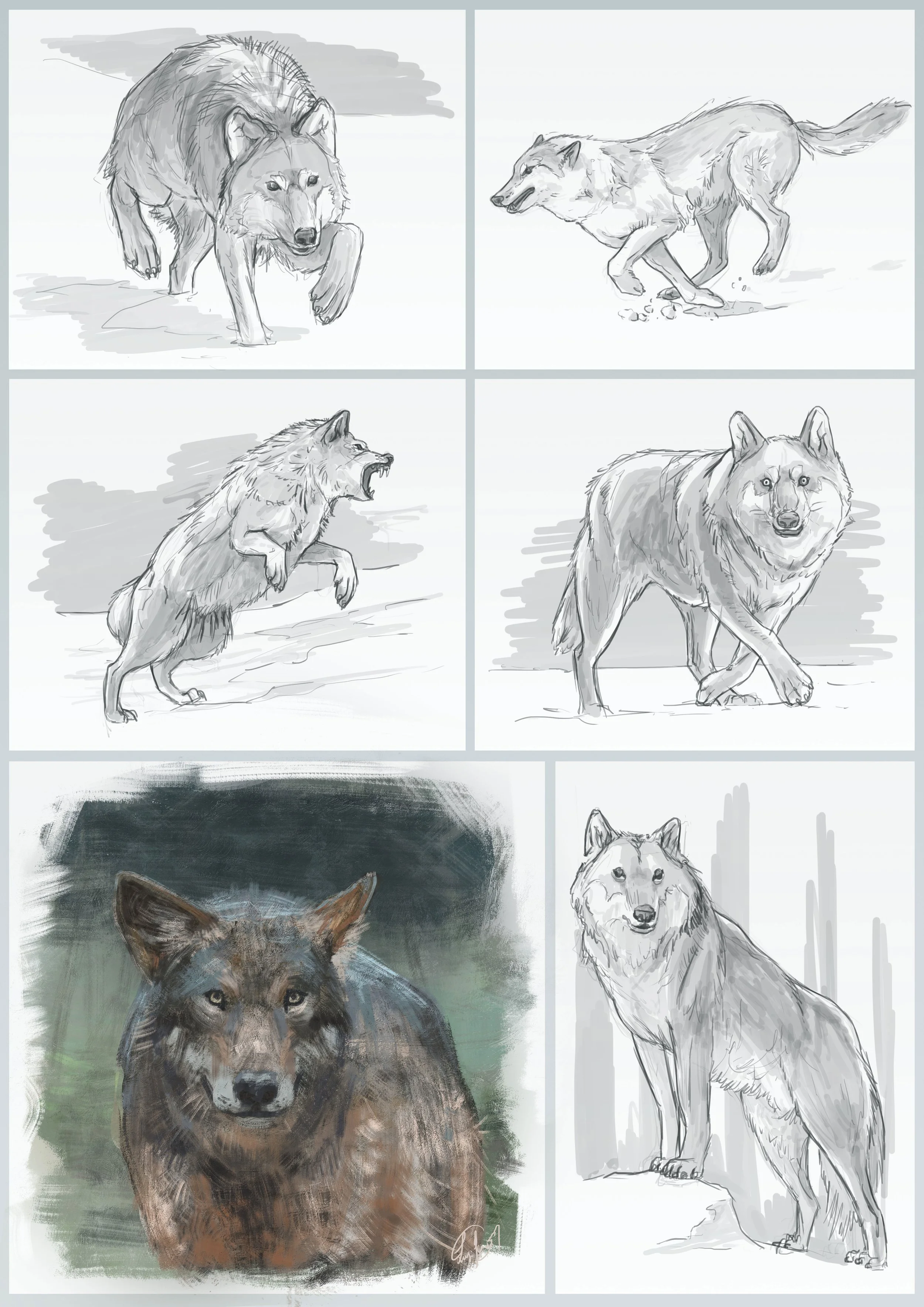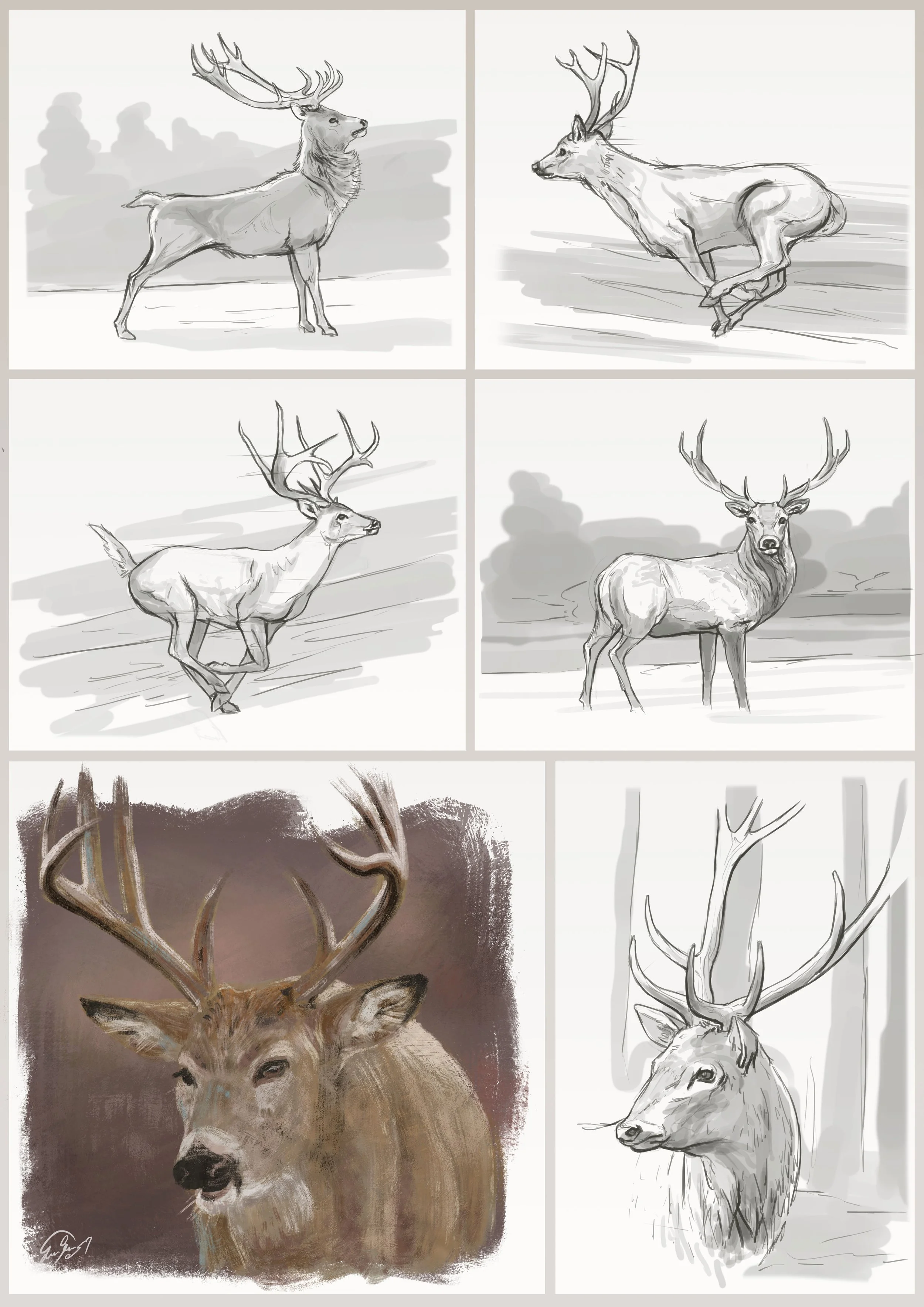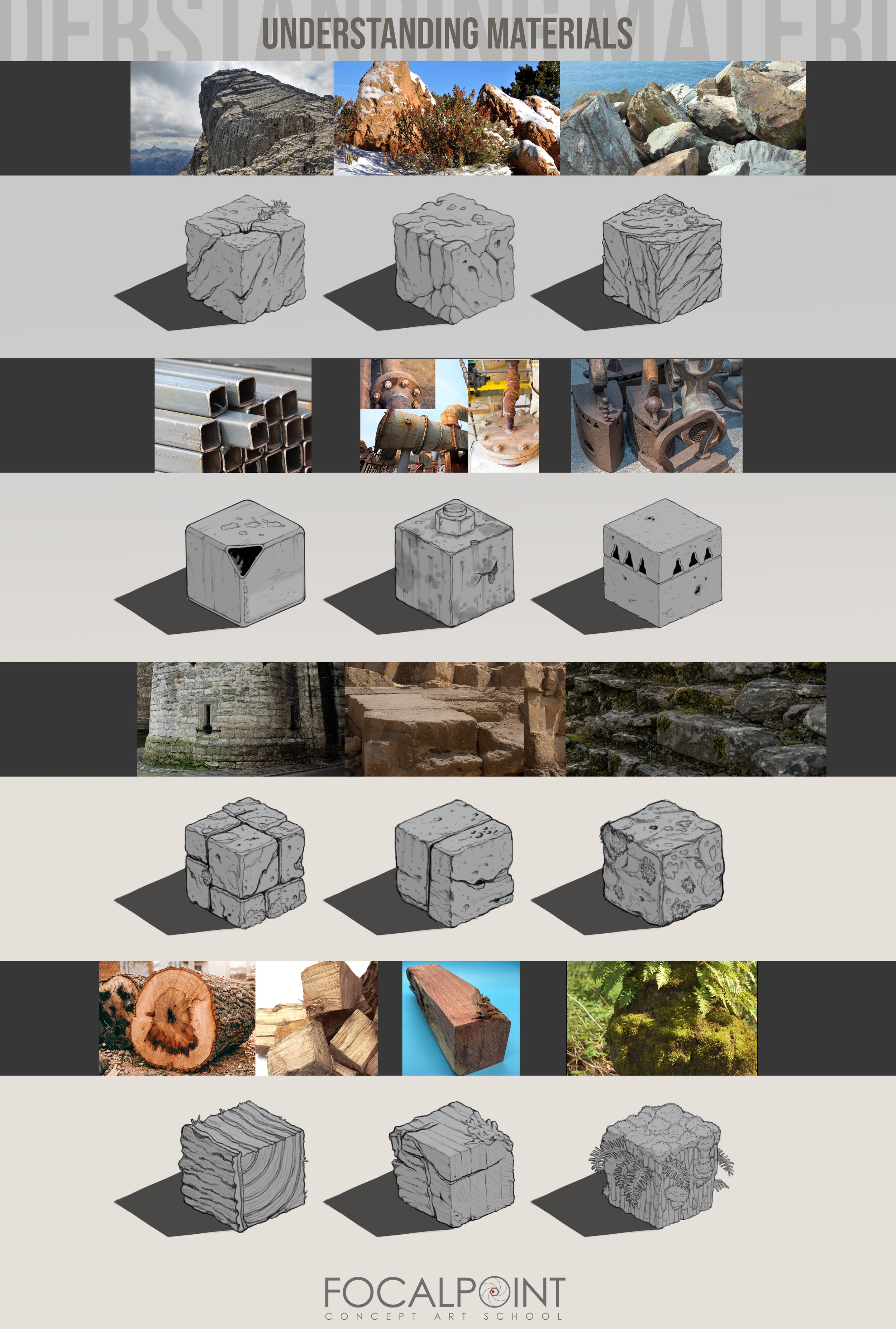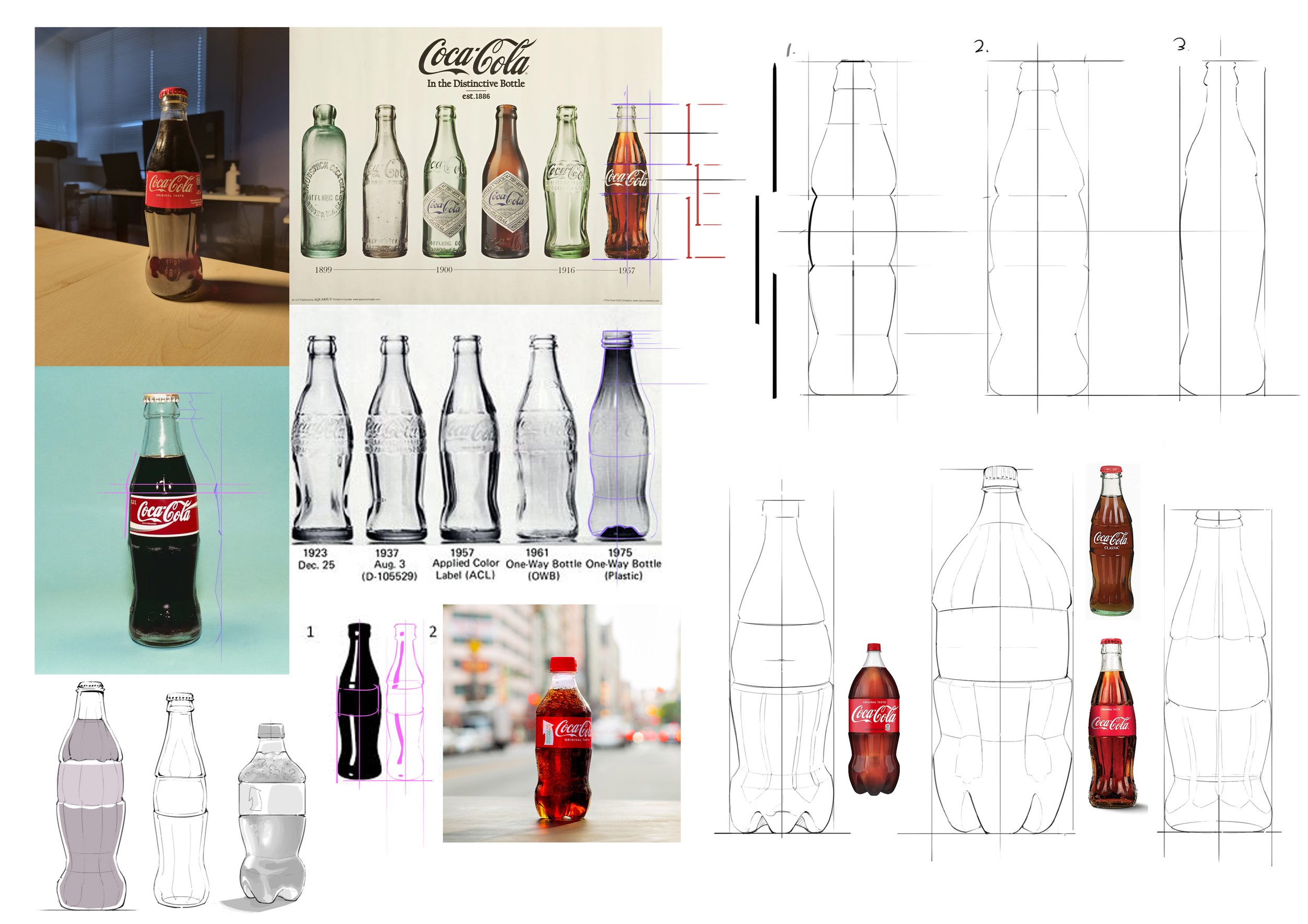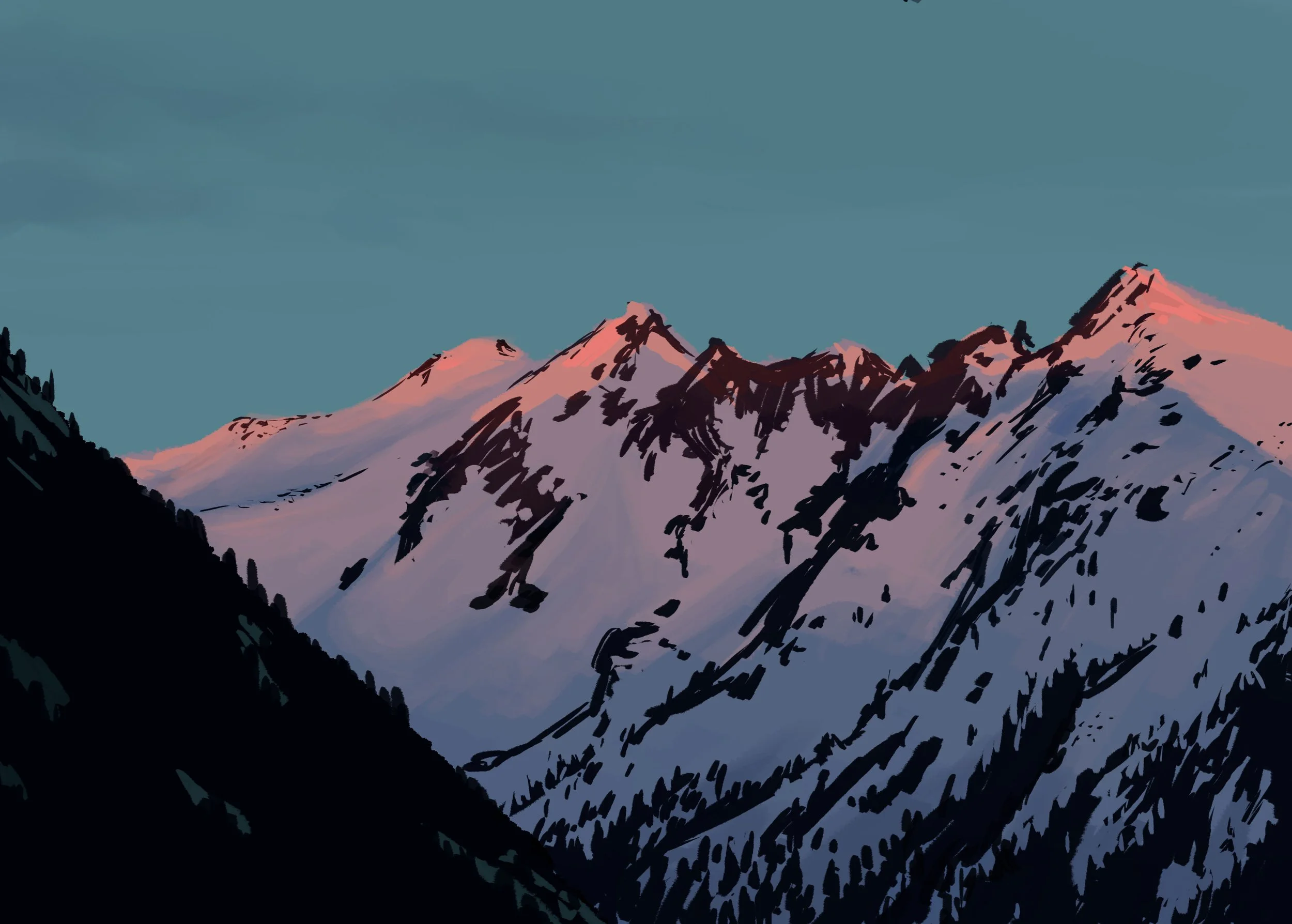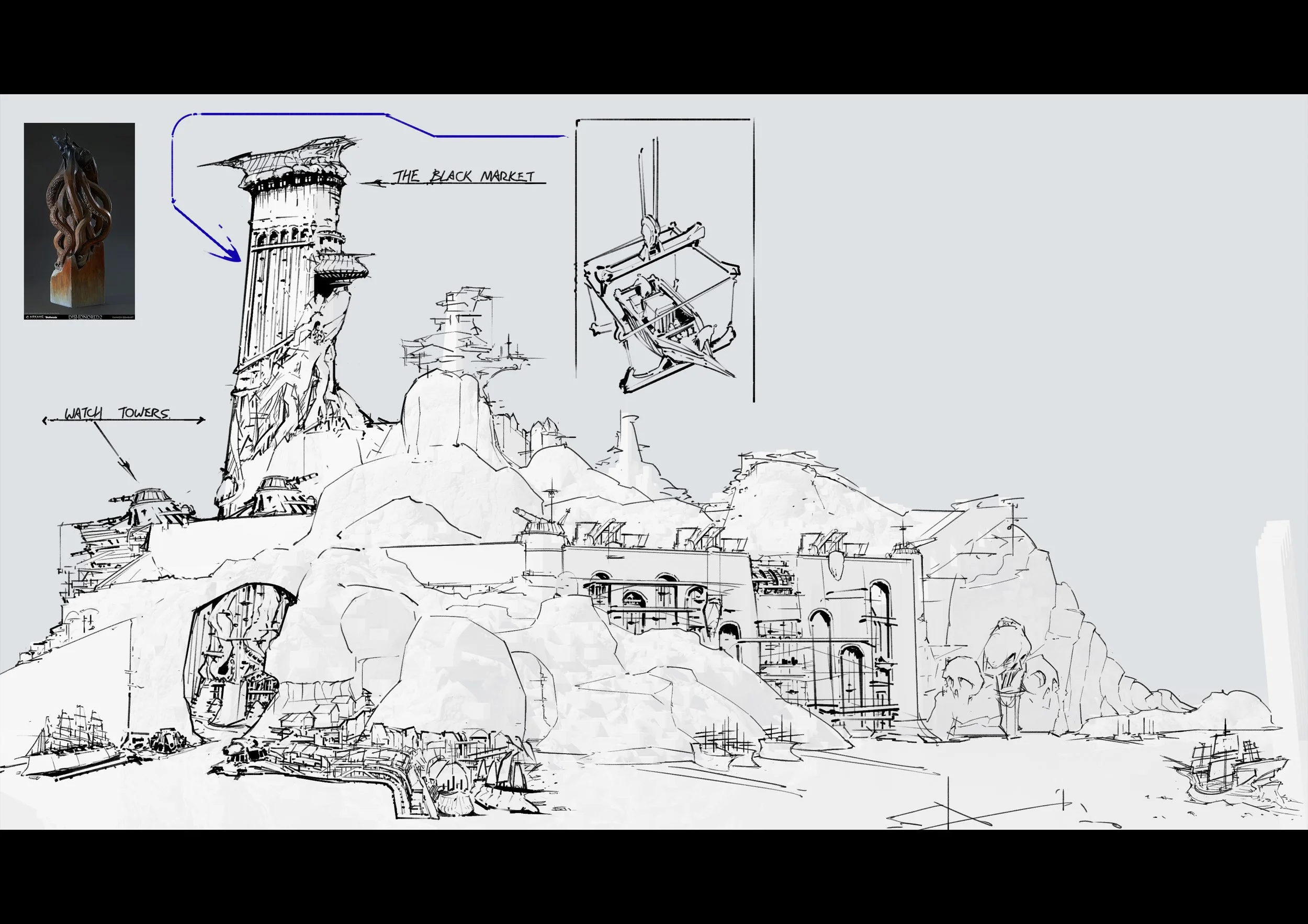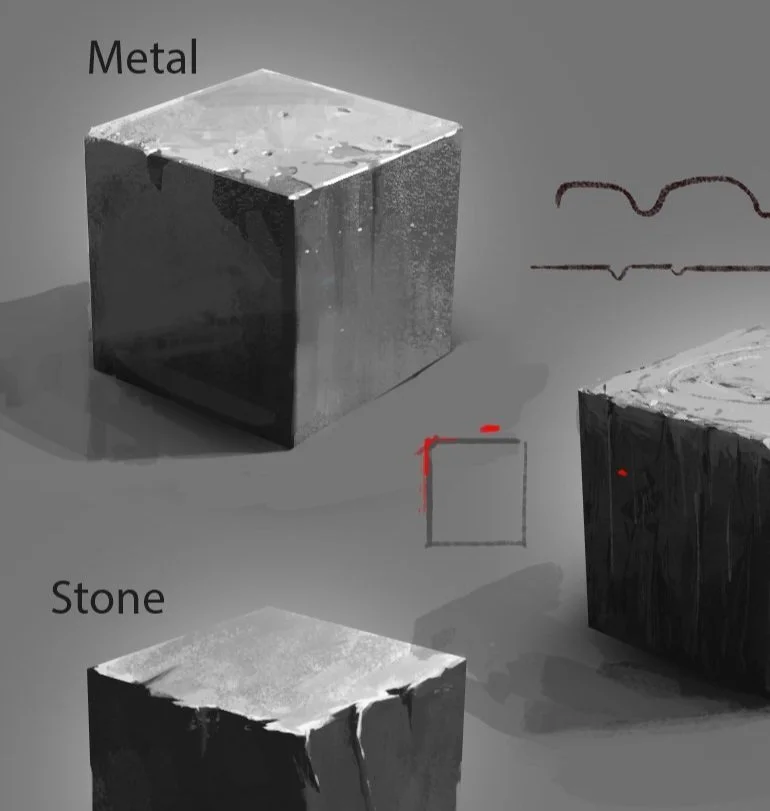
Full Intro Term
| Time: | Friday - Sunday 10:00 am - 1:00 pm CET |
| Class date: | 17.04.2026 or Fall 2026 TBA |
| Class length: | 6 weeks |
| Instructor: | Darek Zabrocki and Michał Kus |
| Location: | ON-SITE / ONLINE |
| Course type: | LIVE SESSIONS |
| Limited seats: | 15 |
Course description
This is a package of all three intro classes, which are available at our school and at a discounted fee. It provides the full intended program, which we have carefully structured, perfected, and updated from term to term. Knowledge obtained in one class smoothly flows to the other and vice versa, providing the students with the full Focal Point Experience from both our founders, Darek Zabrocki and Michal Kus. It allows you to have full insight into key areas of concept art and illustration. Great opportunity to master your basic skills for people who are ready to work towards their goals! Requires commitment and passion to master all of the areas and topics provided in this course.
Classes can be taken on–site or online, from every place that makes your learning comfortable and drives your creativity. Taking the Intro Core Term means you make the most out of it. Consisting of the 3 Intro classes.
Teachers
Darek has over ten years of professional experience as a concept designer. He’s worked on many significant film and game industry projects for clients like Disney, Netflix, Sony, and EA. Some franchises he contributed to include Planet of the Apes, Love Death +Robots, Assassin’s Creed, Call of Duty, Sonic, and many more.
Michał has over ten years of professional experience as a concept designer. Kus has worked on a variety of high-profile projects, including video games and blockbuster movies. Some of his recently published work can be seen in movies like Sonic 2 and Battlefield 2042.
Week to week - Brief schedule
-
Week 1 - calibration of skills of the students in class. Introduction to an array of topics to see how well students handle what they already know.
Week 2 - understanding logical dissection of basic material features. Developing the necessary skills in order to understand the material definition of all kinds of materials and how they react to basic lighting scenarios. Using fundamental drawing skills in order to visualize different kinds of materials.
Week 3 - further development of understanding materials and their features. understand how colors work in basic lighting scenarios and how to visualize them.
Week 4 - introduction to understanding light, how environments and scenes are lit, and how they impact all the materials involved.
Week 5 - introduction to painting samples of landscapes. Understanding logically how to depict materials and shapes in your scene. Extensive studies from landscape reference. Gaining the ability to understand our reference material by understanding what we paint and not only what we see.
Week 6 - further development of understanding how to tackle landscapes and involving everything learnt so far. Introduction to composition. How to enable the creative mind when visually communicating through digital painting with all the knowledge obtained so far.
*Please note. Even though we adhere to a week-by-week structure for our class program, the course’s structure is subject to modification in order to calibrate and optimize the class to the students’ needs. This is to always actively work on the best possible knowledge channeling for our students.
-
Week 1 - calibration of skills of the students in class. Introduction to an array of topics to see how well students handle what they already know.
Week 2 - introduction on how to tackle architectural structures in perspective. How to work with proportions faithfully to the source material.
Week 3 - further development of how to tackle architecture. Studying design styles and how they can be implemented in an environment. Understanding real-world architecture.
Week 4 - Develop an awareness of how architectural design develops through cultures and different time settings.
Week 5 - how to develop your visual library for environment design specifically.
Week 6 - introduction to how environment designs work on different levels. Example: prop placements through environments and/or around structures. How to tackle design on a macro level and work with whole environment layouts.
*Please note. Even though we adhere to a week-by-week structure for our class program, the course’s structure is subject to modification in order to calibrate and optimize the class to the students’ needs. This is to always actively work on the best possible knowledge channeling for our students.
-
Week 1 - calibration of skills of the students in class. Introduction to an array of topics to see how well students handle what they already know.
Week 2 - introduction to proportions and how to tackle them from perspective. Guidance on effective form digestion and how to work with the proportions of a given vehicle.
Week 3 - further development on how to tackle hardware designs in perspective. How to understand proportions and shapes. How to draw objects from multiple angles. How shapes get impacted by different perspective views.
Week 4 - developing the awareness of how hardware design develops through cultures and different time settings. Covering drawing techniques and dynamic sketching.
Week 5 - how to develop your visual library for hardware design specifically.
Week 6 - introduction to how Hardware and vehicle designs work on different levels.
*Please note. Even though we adhere to a week-by-week structure for our class program, the course’s structure is subject to modification in order to calibrate and optimize the class to the students’ needs. This is to always actively work on the best possible knowledge channeling for our students.
-
Package of all three “Intro” classes:
The unique opportunity to learn from the mistakes of your veteran instructor, which took years to realize. Students get a serious head-start because of this. Art Guidance and unique opportunity to witness live demos in the making by industry professionals Darek Zabrocki and Michał Kus. Homework which improves You in every way, week to week.
Intro to Digital Painting:
- Understanding of colors, perspective, shapes, perceptiveness, forms.
- Understanding of visual communication, materials, and how light reacts to them.
- Applying knowledge in an effective and logical manner from studies made during classes.
- Building a strong foundation for concept art and illustration.
- Landscape studies.
- Preparation for starting more advanced designs.
- Homework that improves you in every way, week to week.
- Learning the arrangement of elements is put together in such a way to form a harmonious whole.
- Recreating game designs.Intro to Environment Design:
- Understanding the importance of composition.
- Developing your shape language and introducing students to how design flow works in environments.
- Learning and understanding the architectural styles.
- Perspective and directing the viewer to elements of interest at focal points in a drawing.
- Learning to represent different materials using lines.
- Designing with a variety of approaches.Intro to Hardware Design:
- Understanding perspective and thinking in 3D,- Drawing and studying in perspective, understanding proportions and forms by training how to draw shapes.
- Developing your visual library.
- Understanding the relationship between functional design and aesthetic design for hardware and vehicles.
- Perception of design flow & language. -
Dedication and passion for concept design and illustration.
Discipline to fulfill homework.
Equipment – laptop or tablet and Photoshop or some other 2D graphics program (and knowledge of how to use it)
Great motivation to complete the course! It’s worth it!
Ability to speak and understand classes in English.
Location
Focal Point School
Rajska 6
80-850 Gdańsk
Poland
VMS
our streaming platform
ONLINE
ON-SITE







